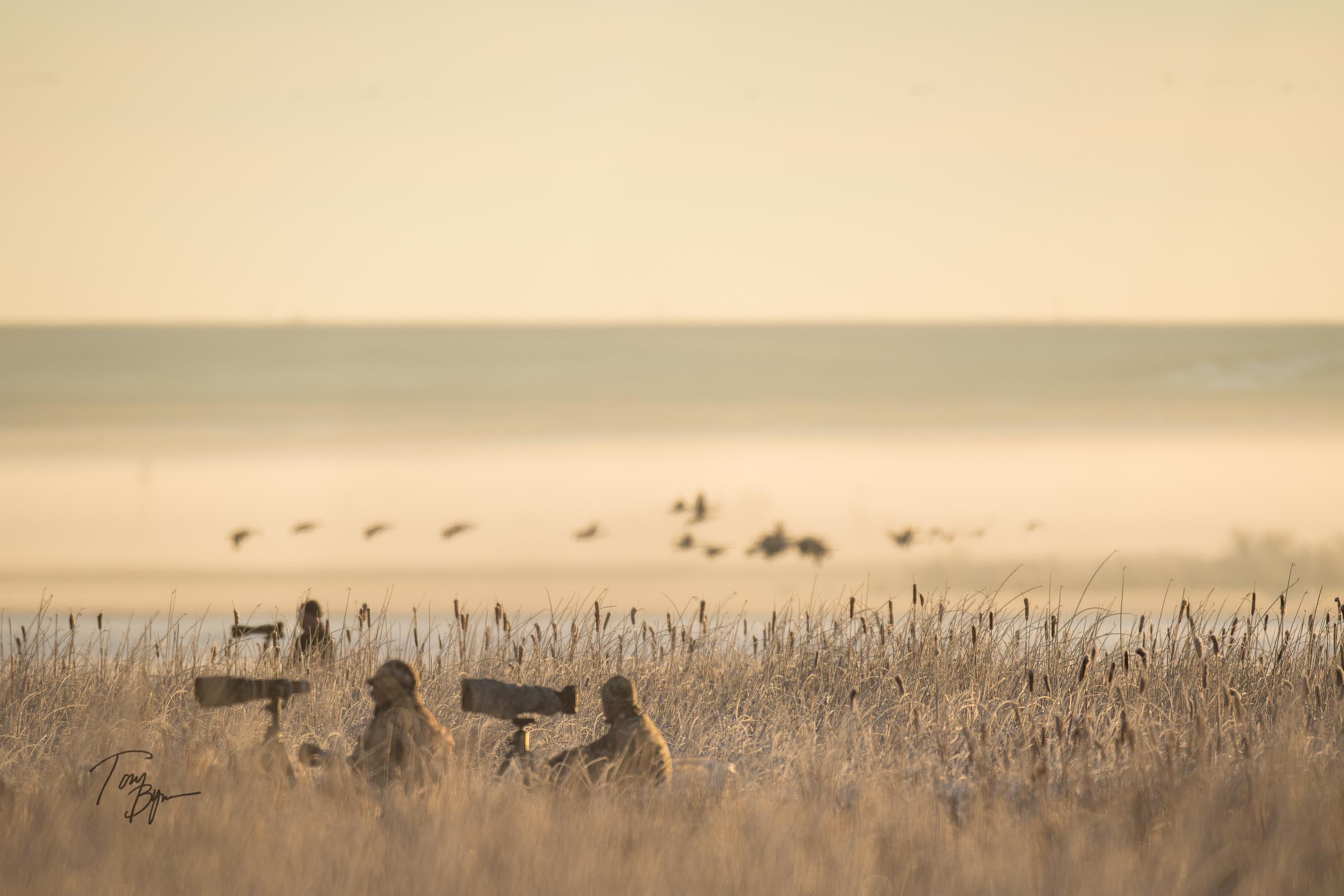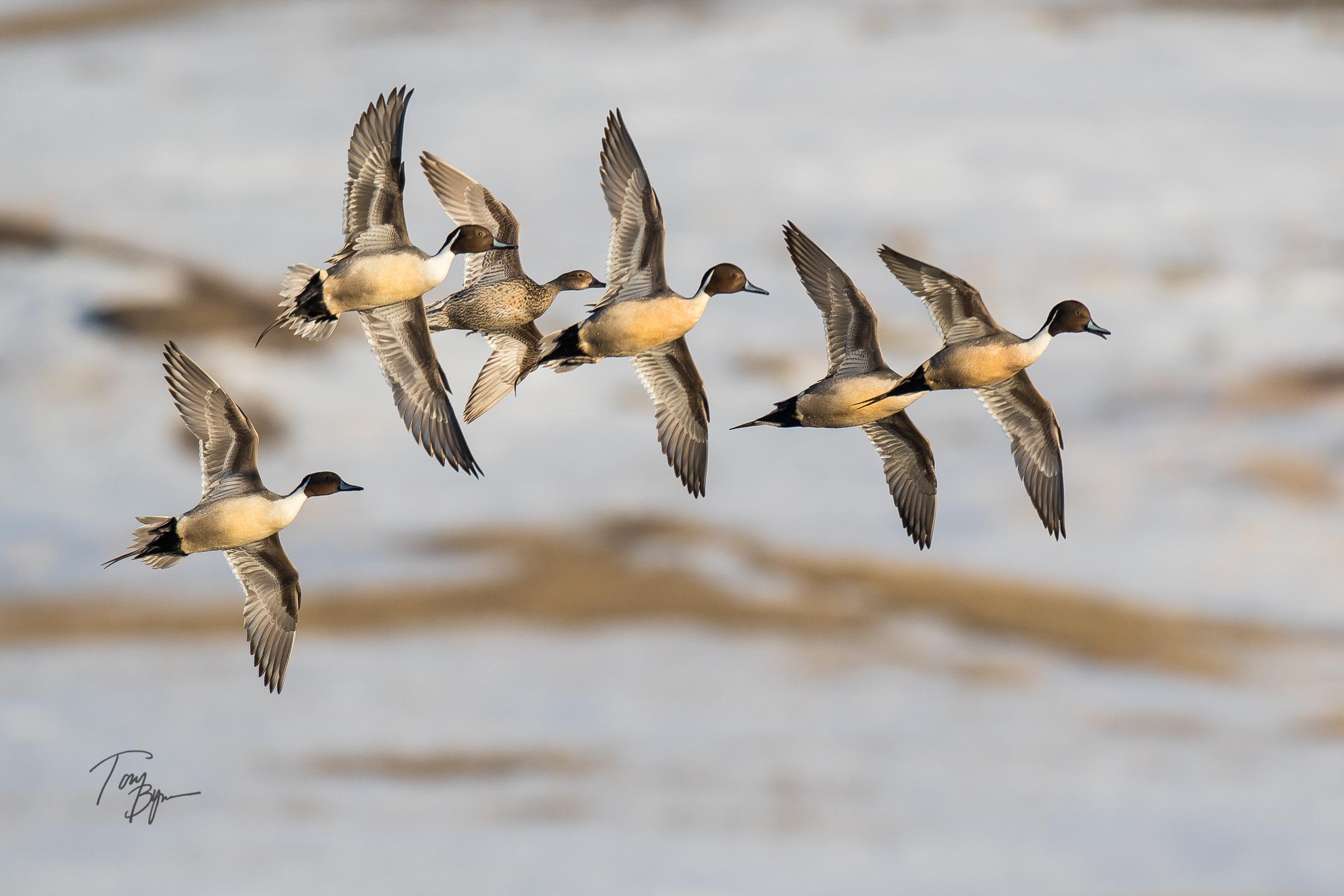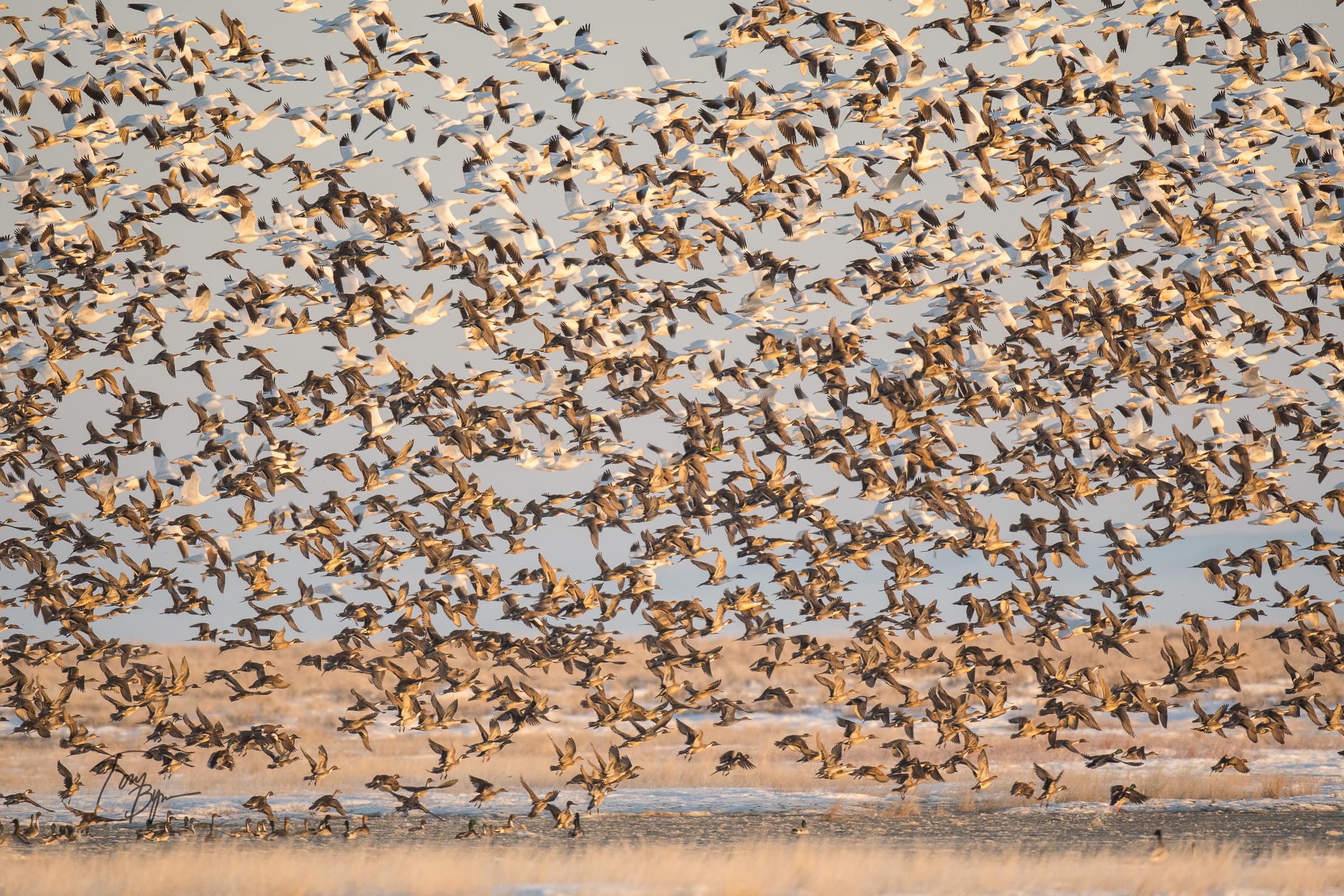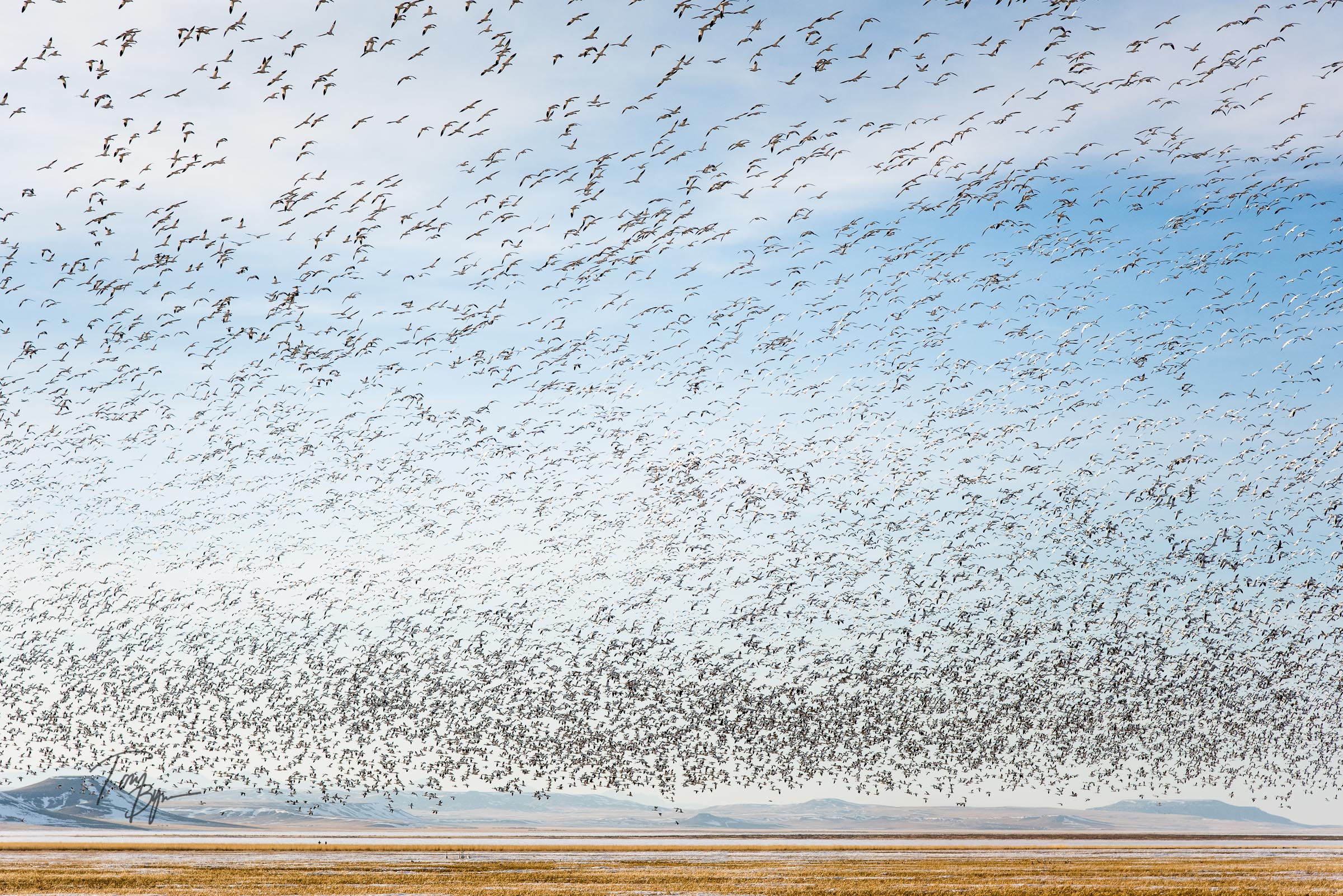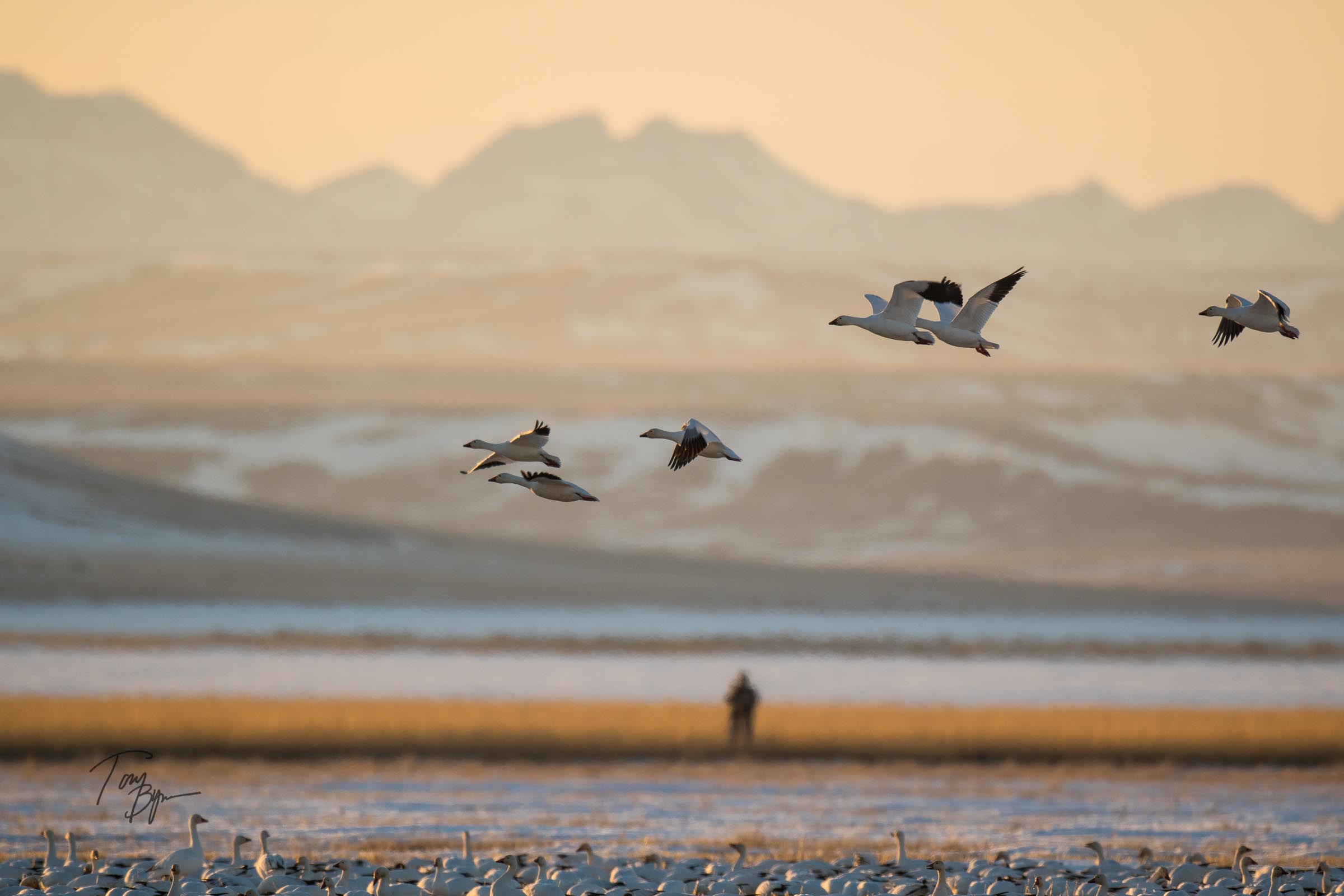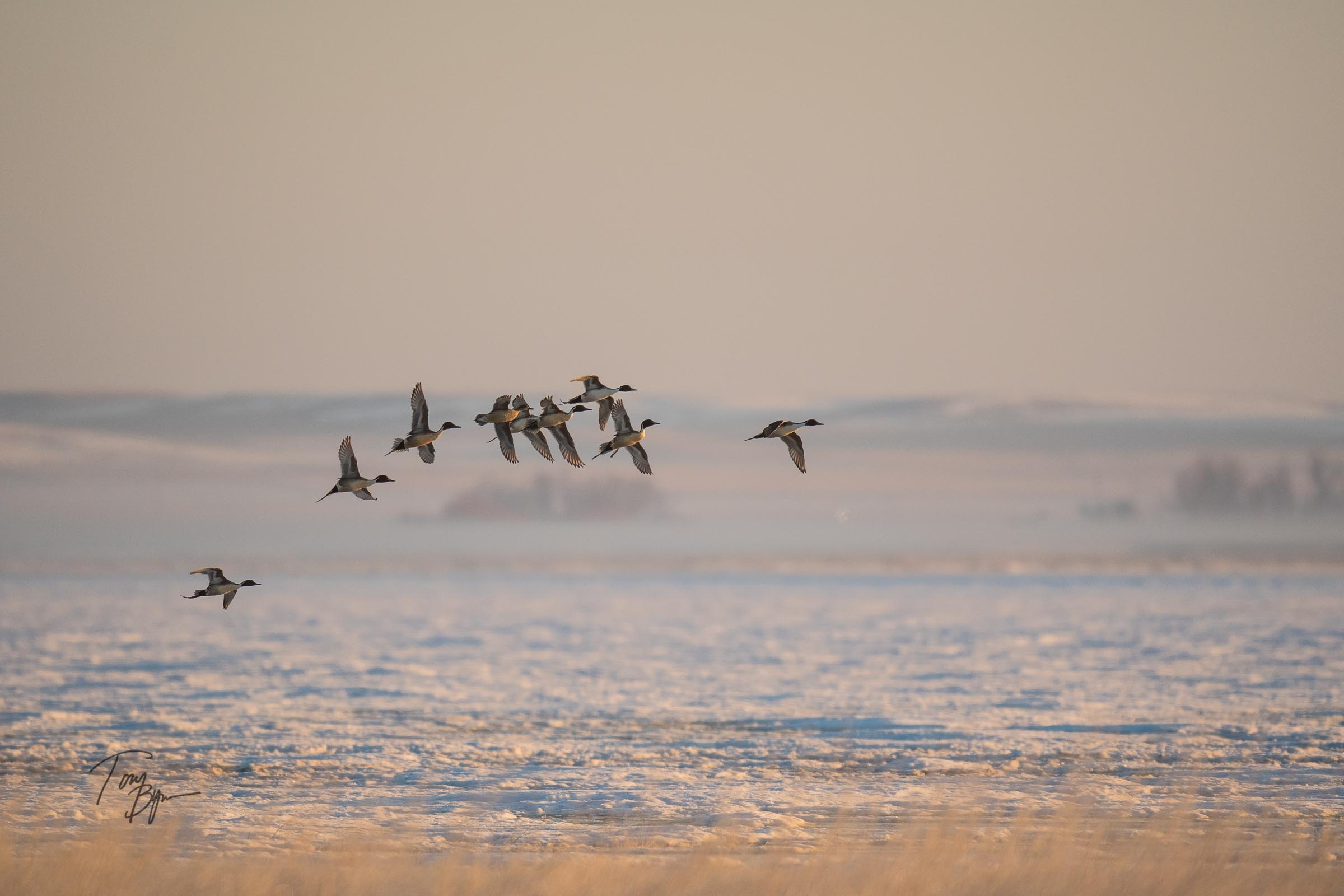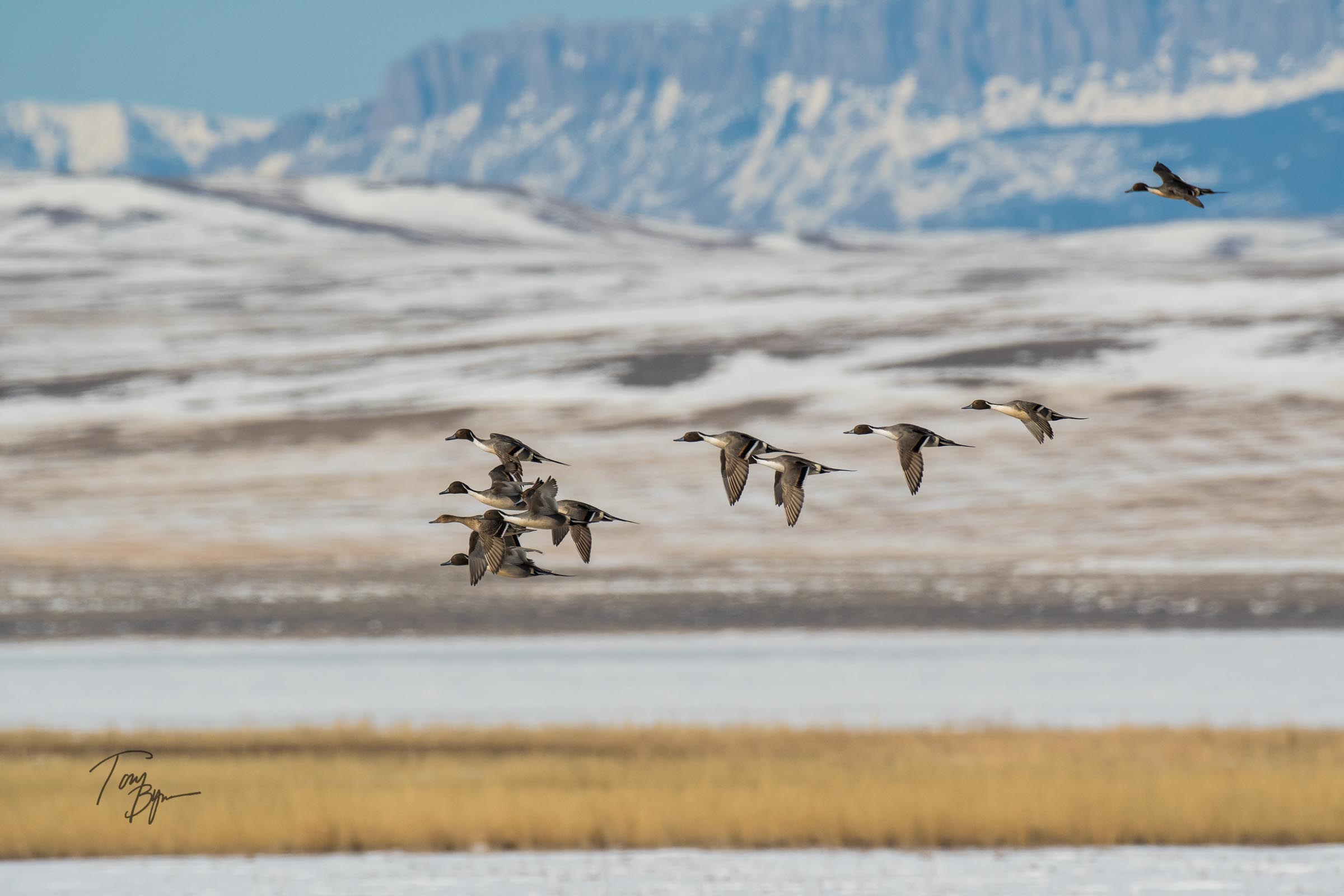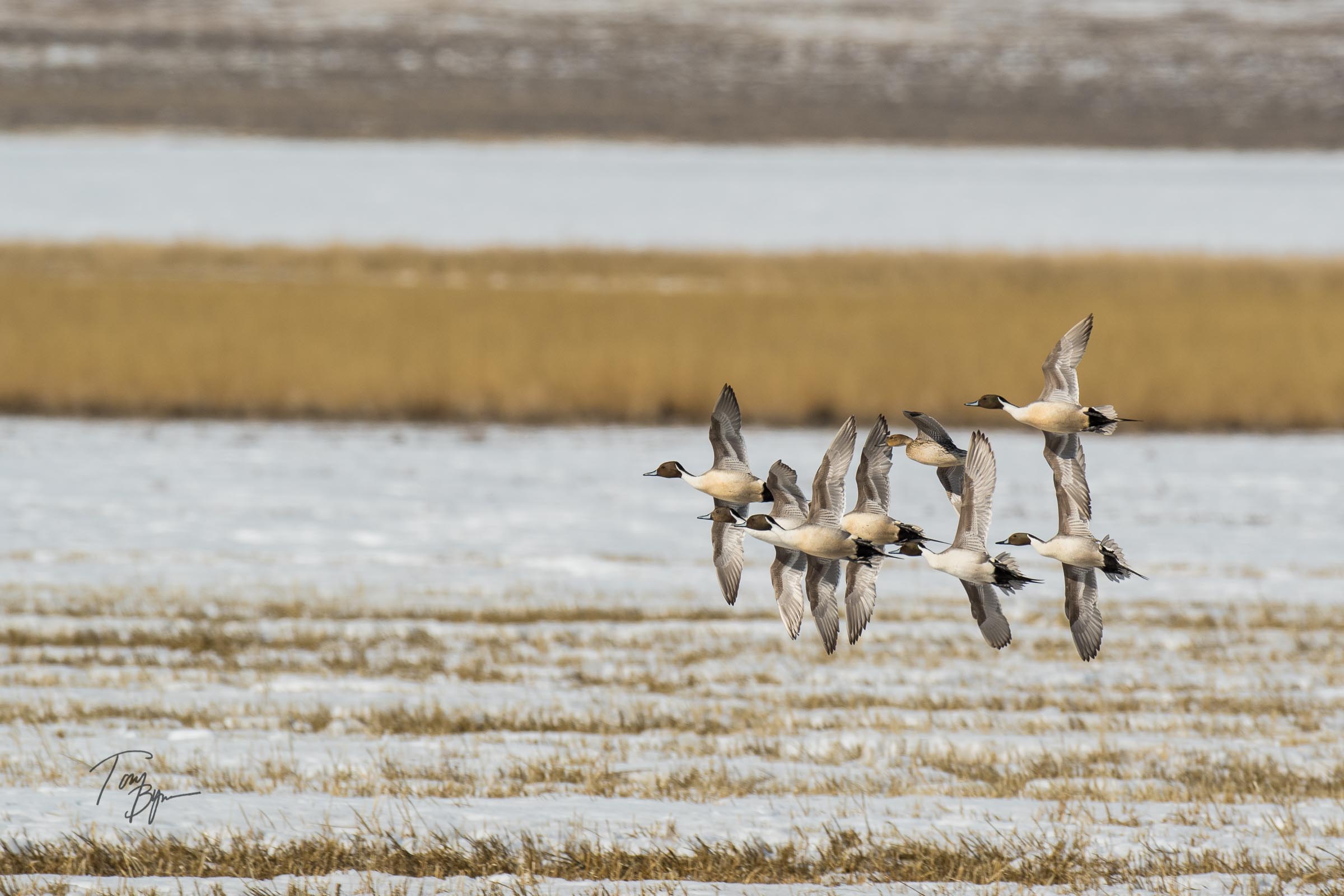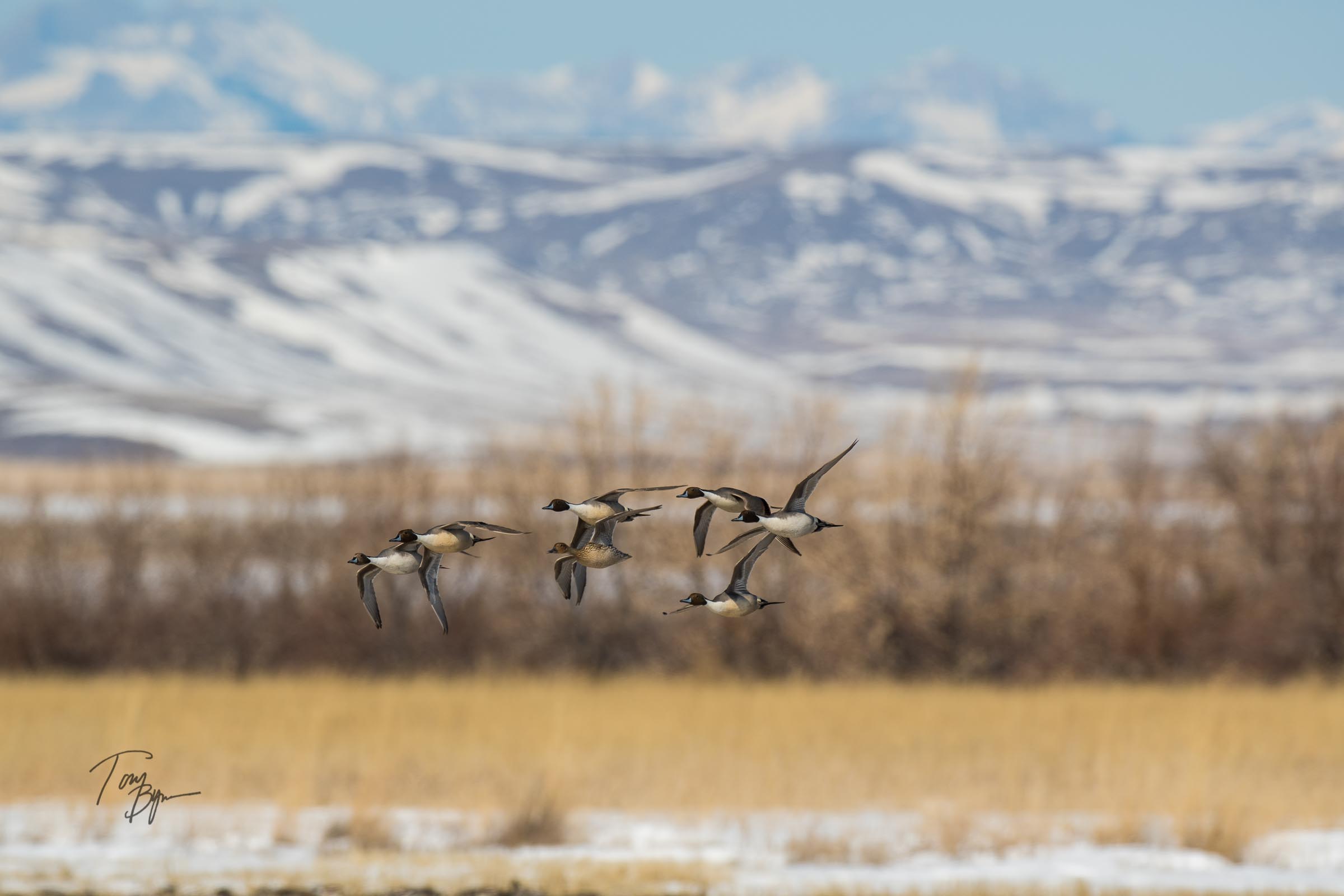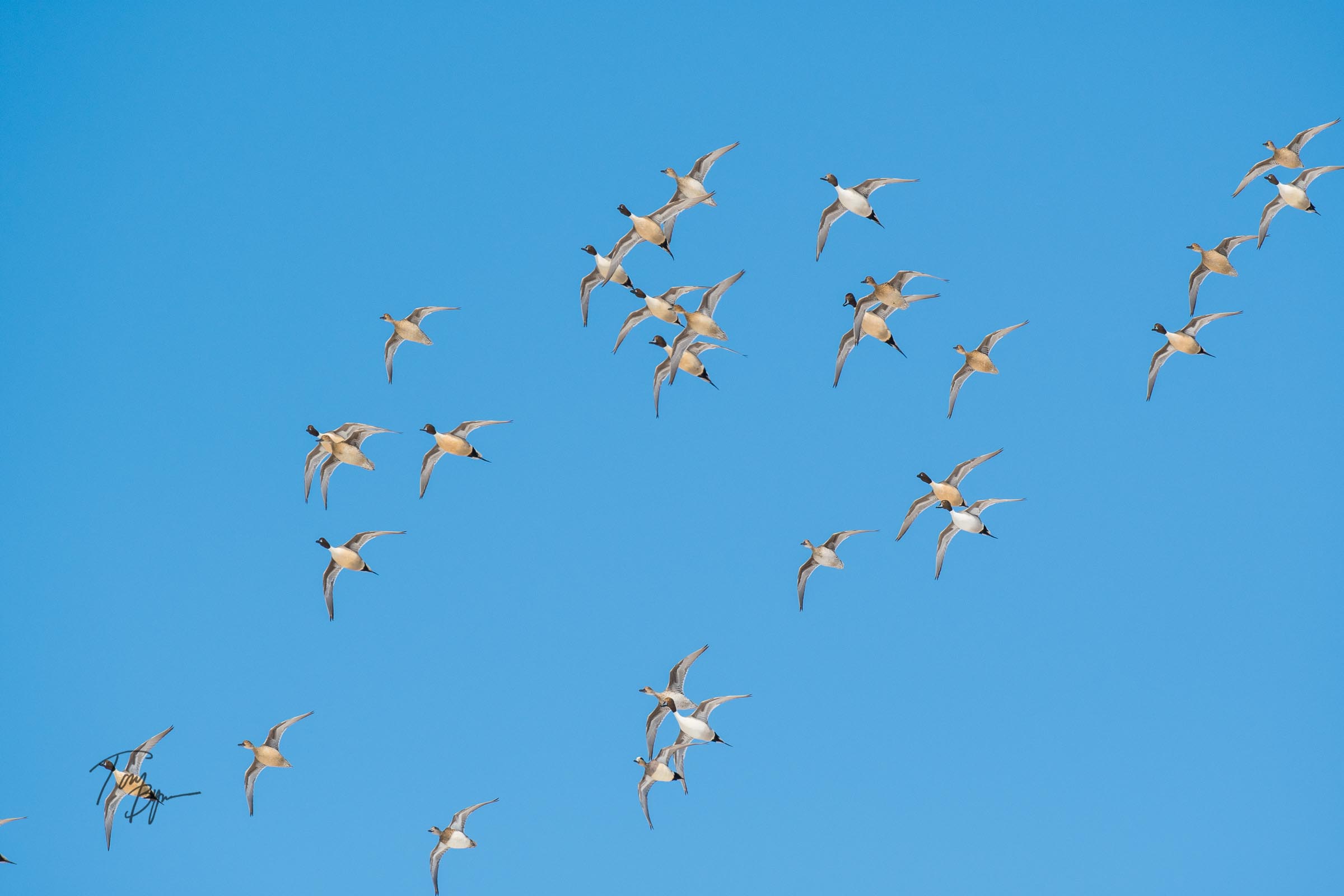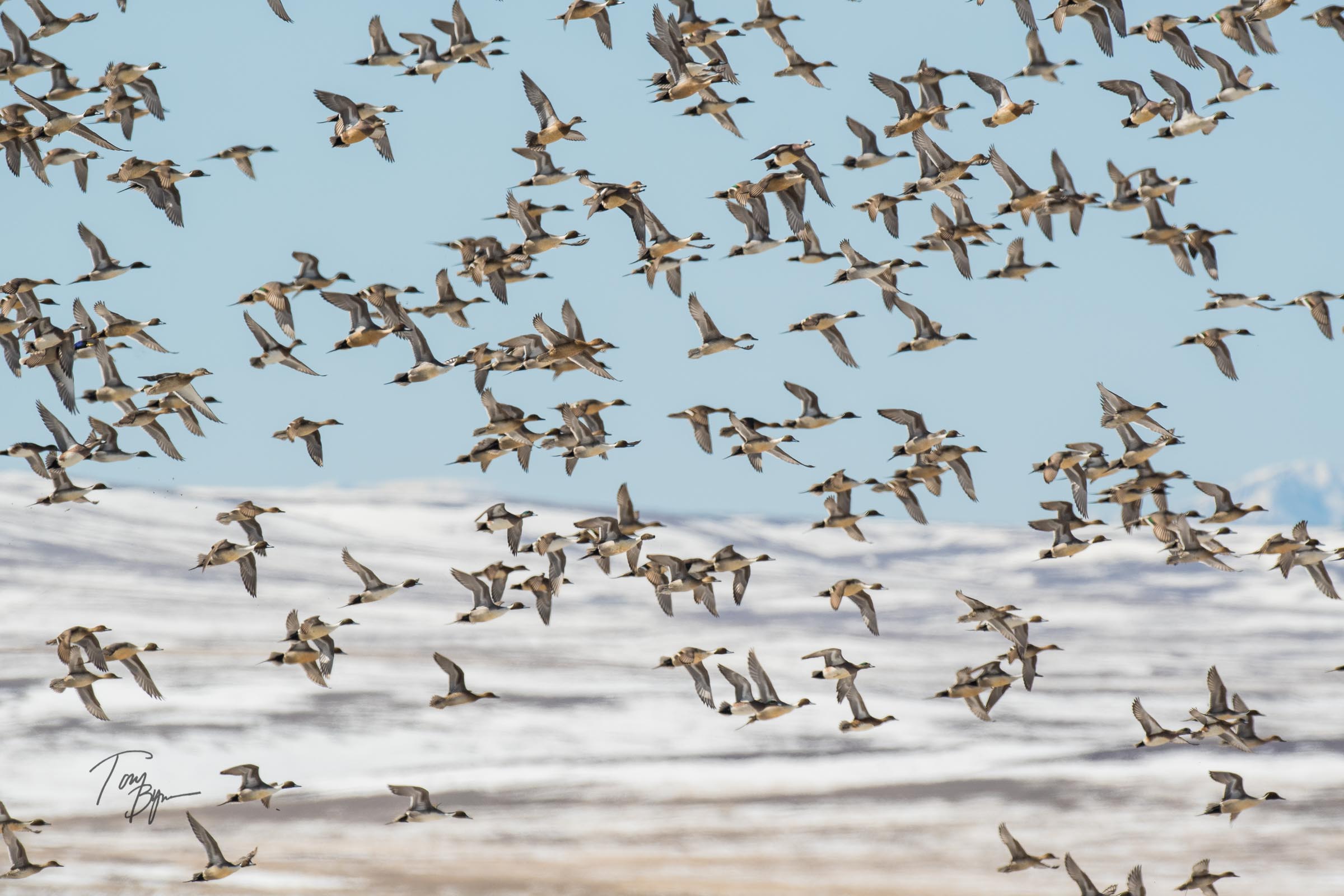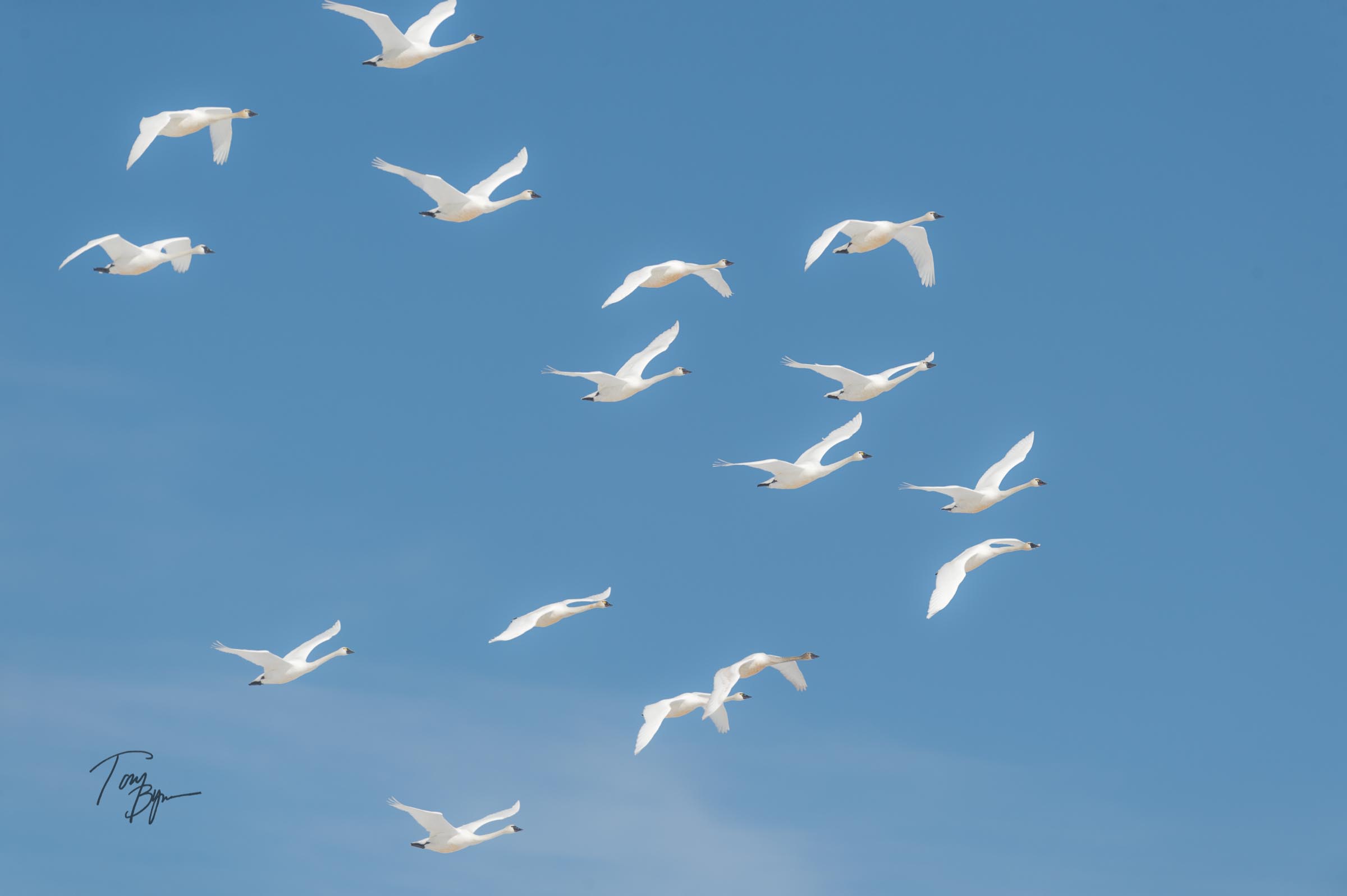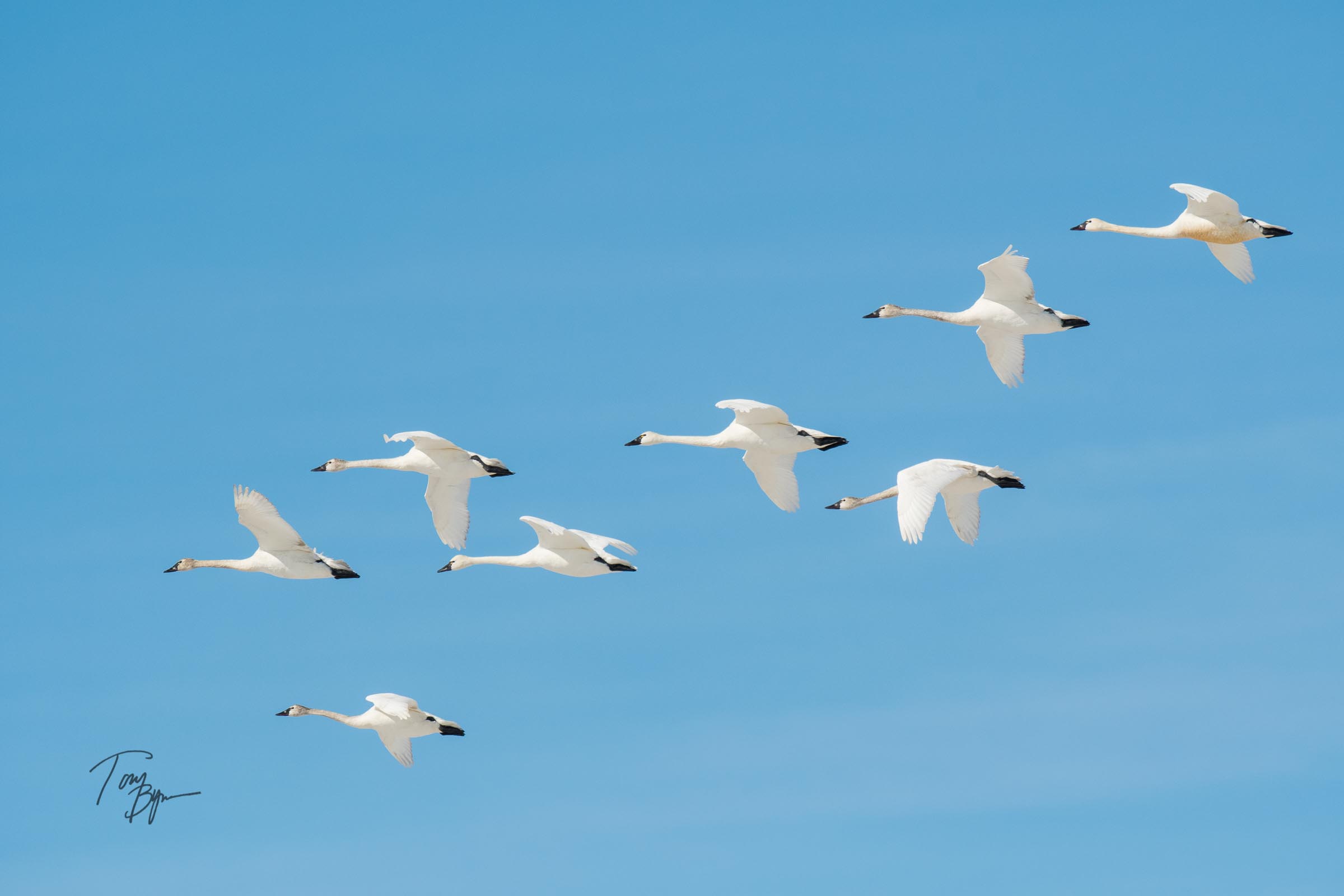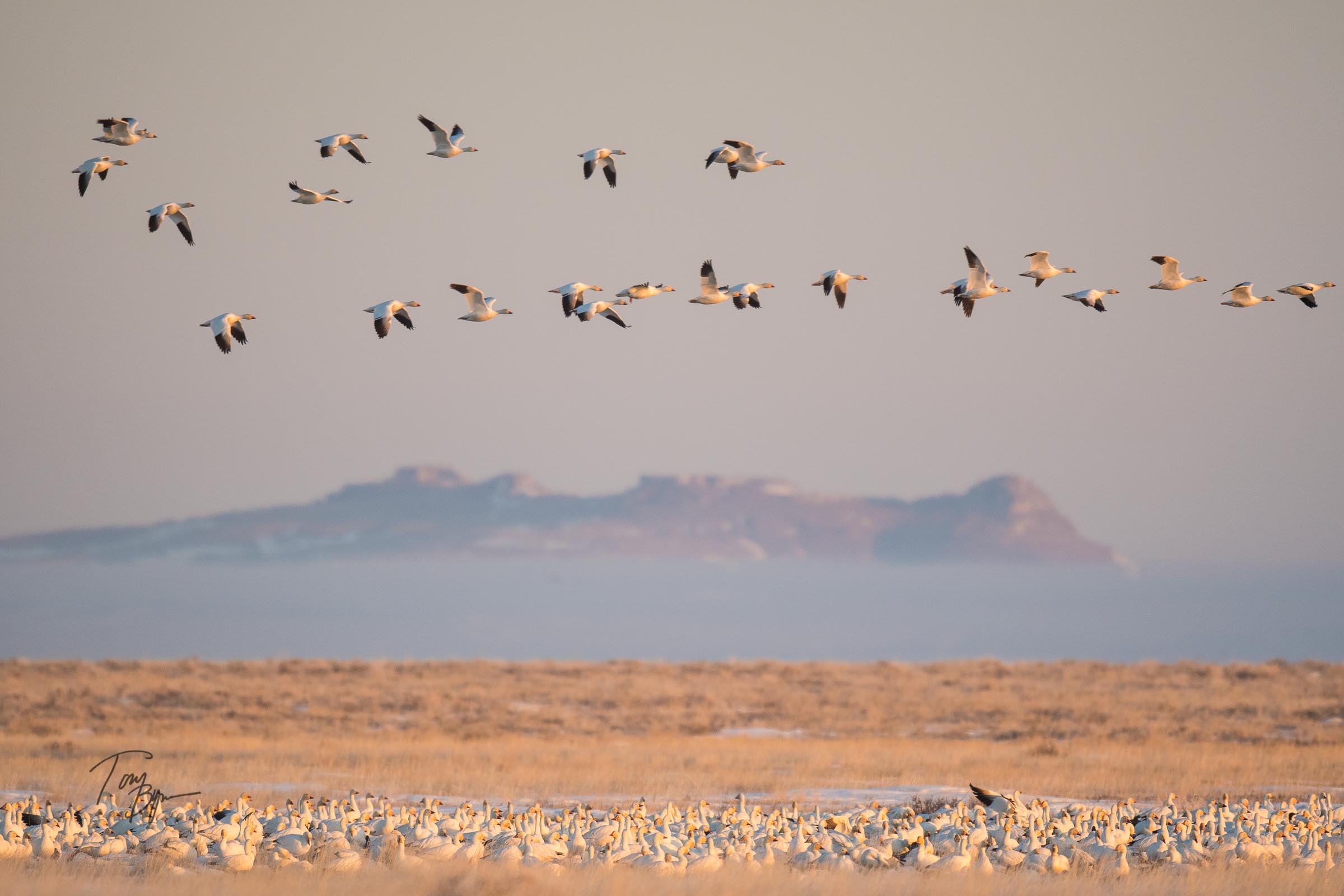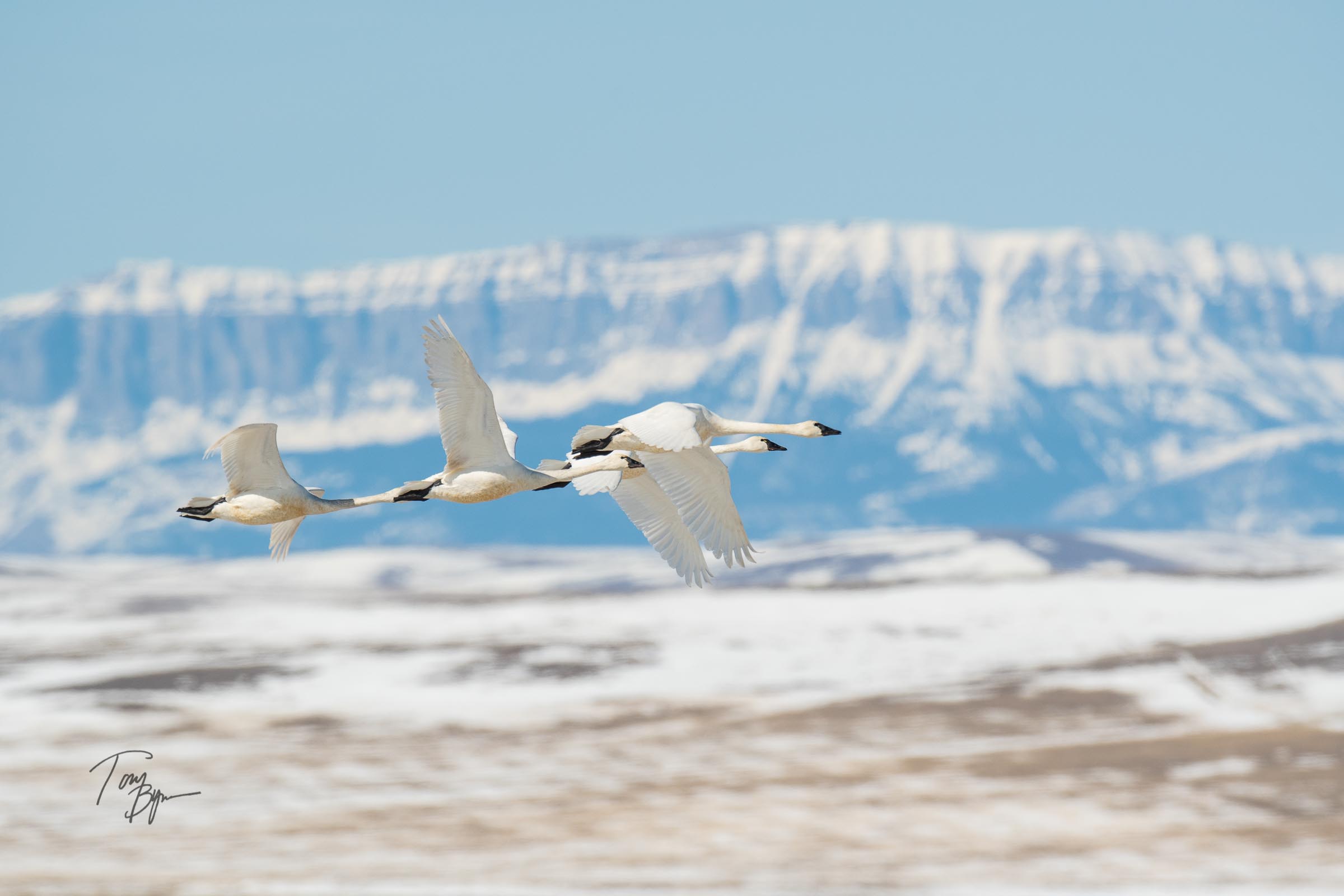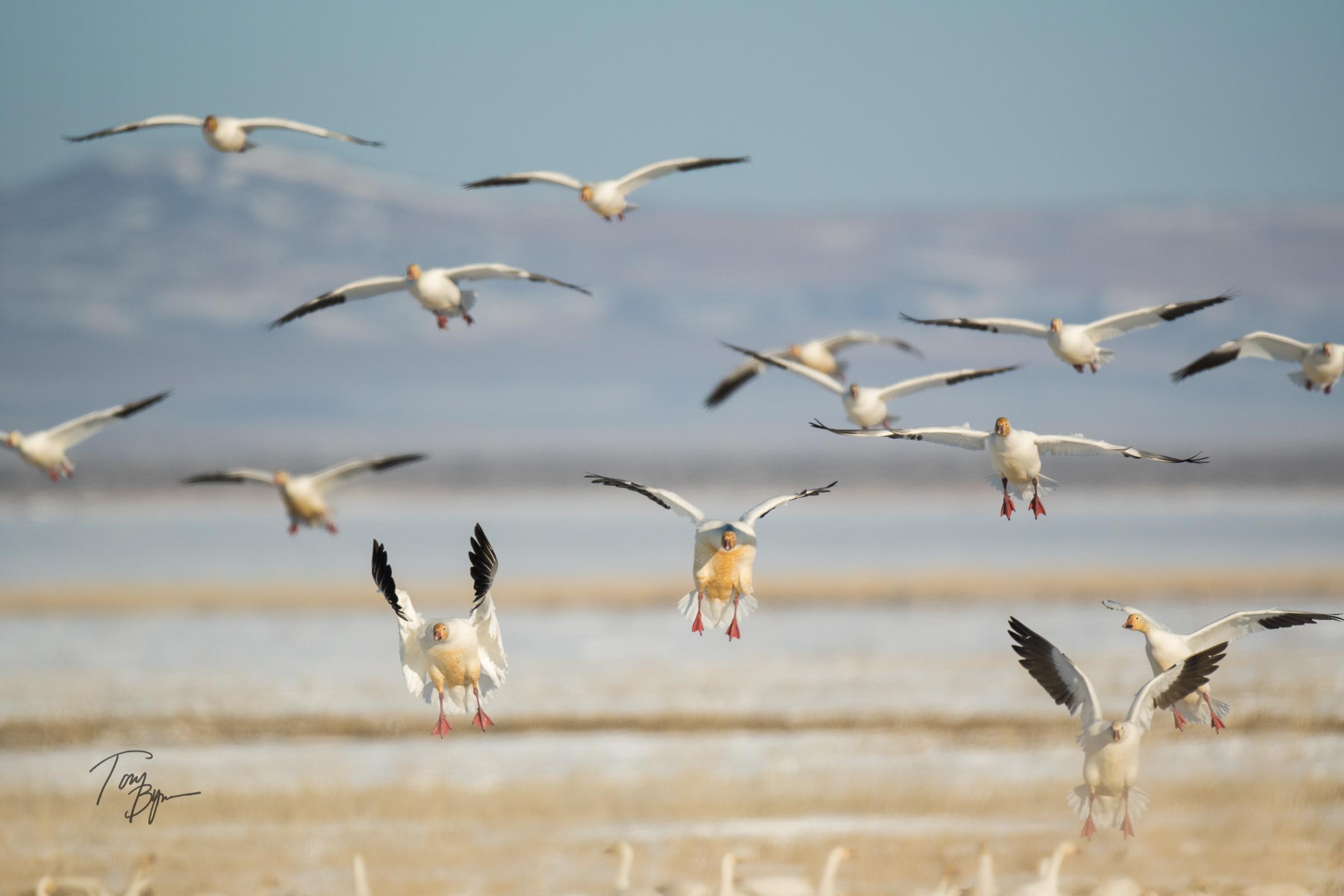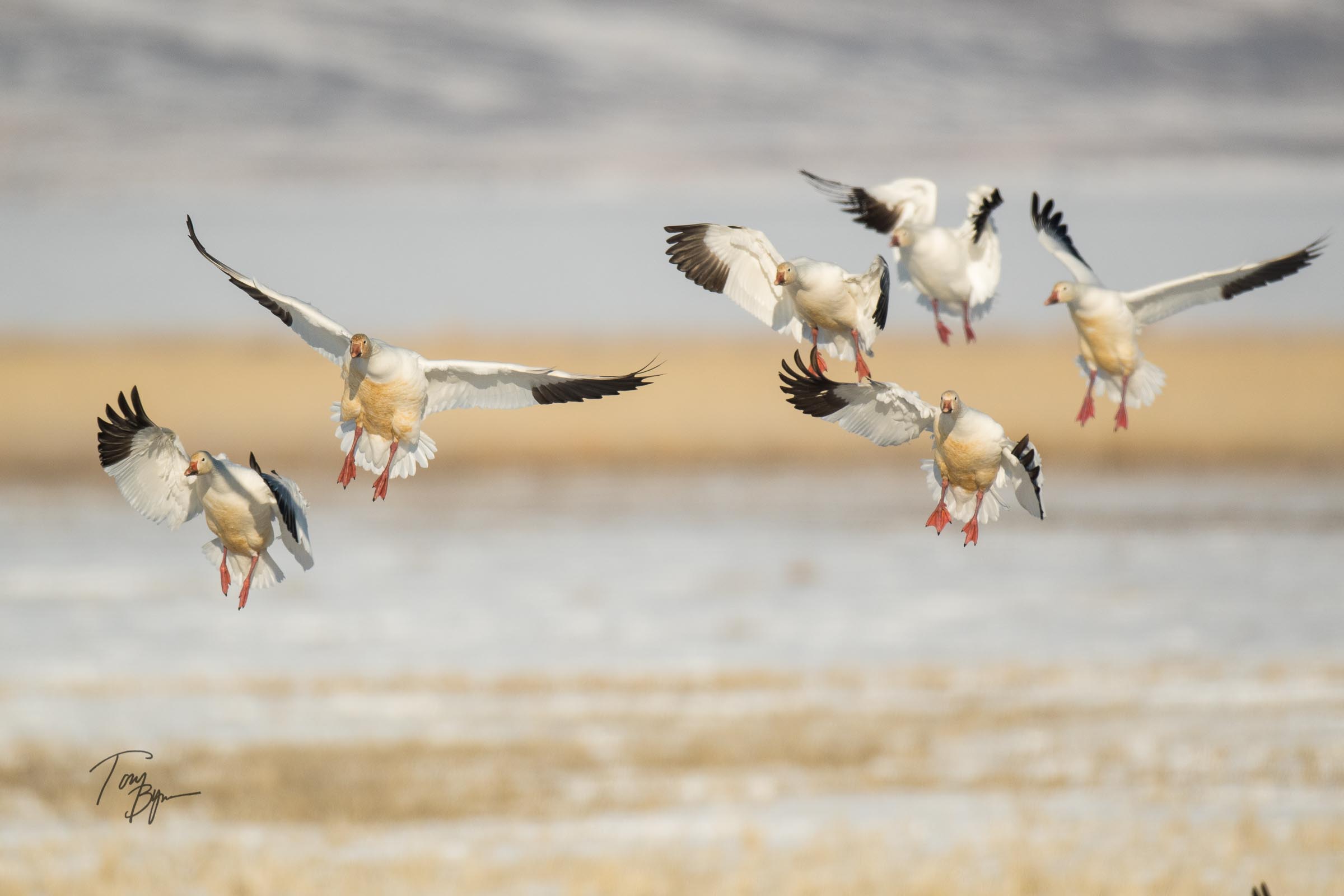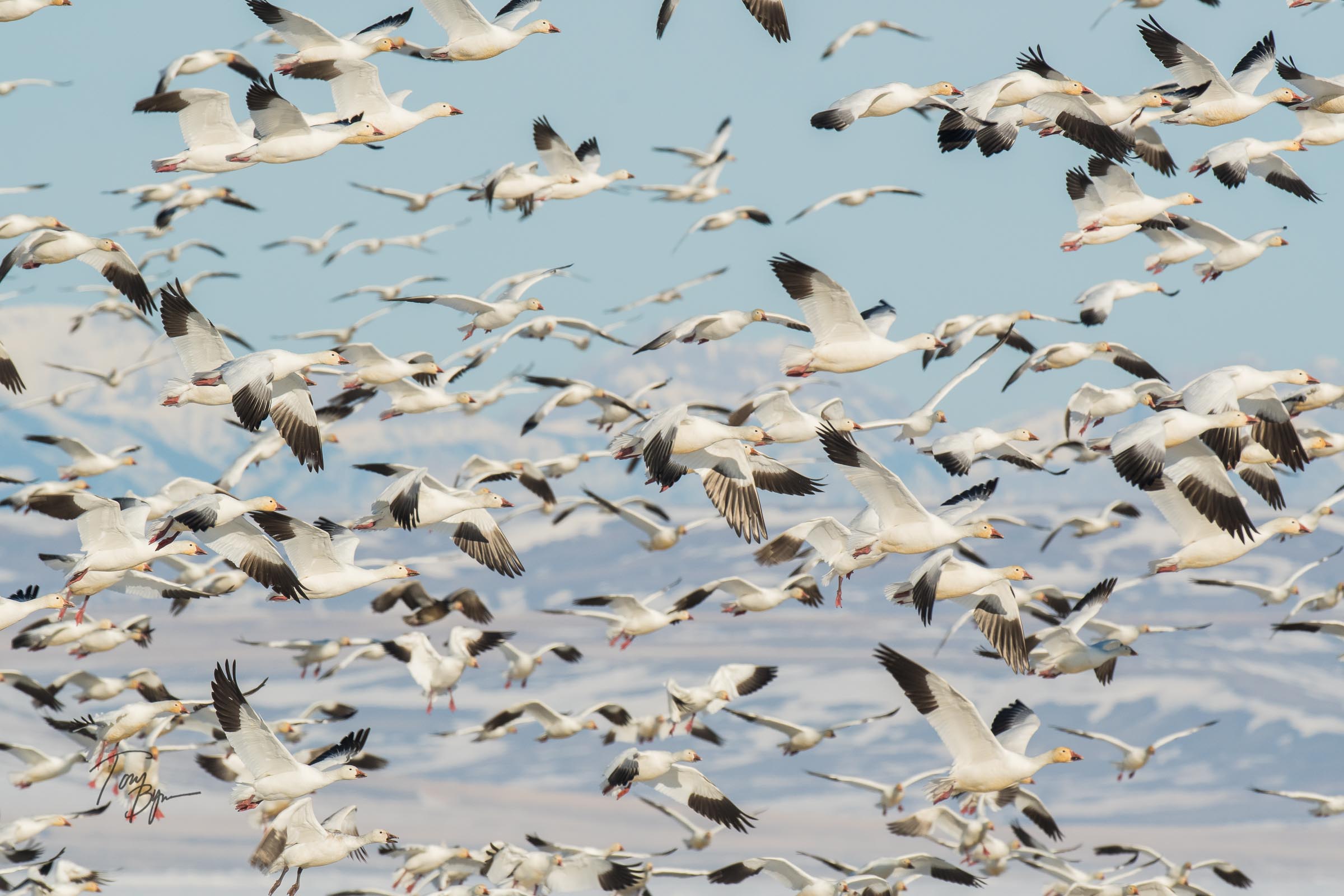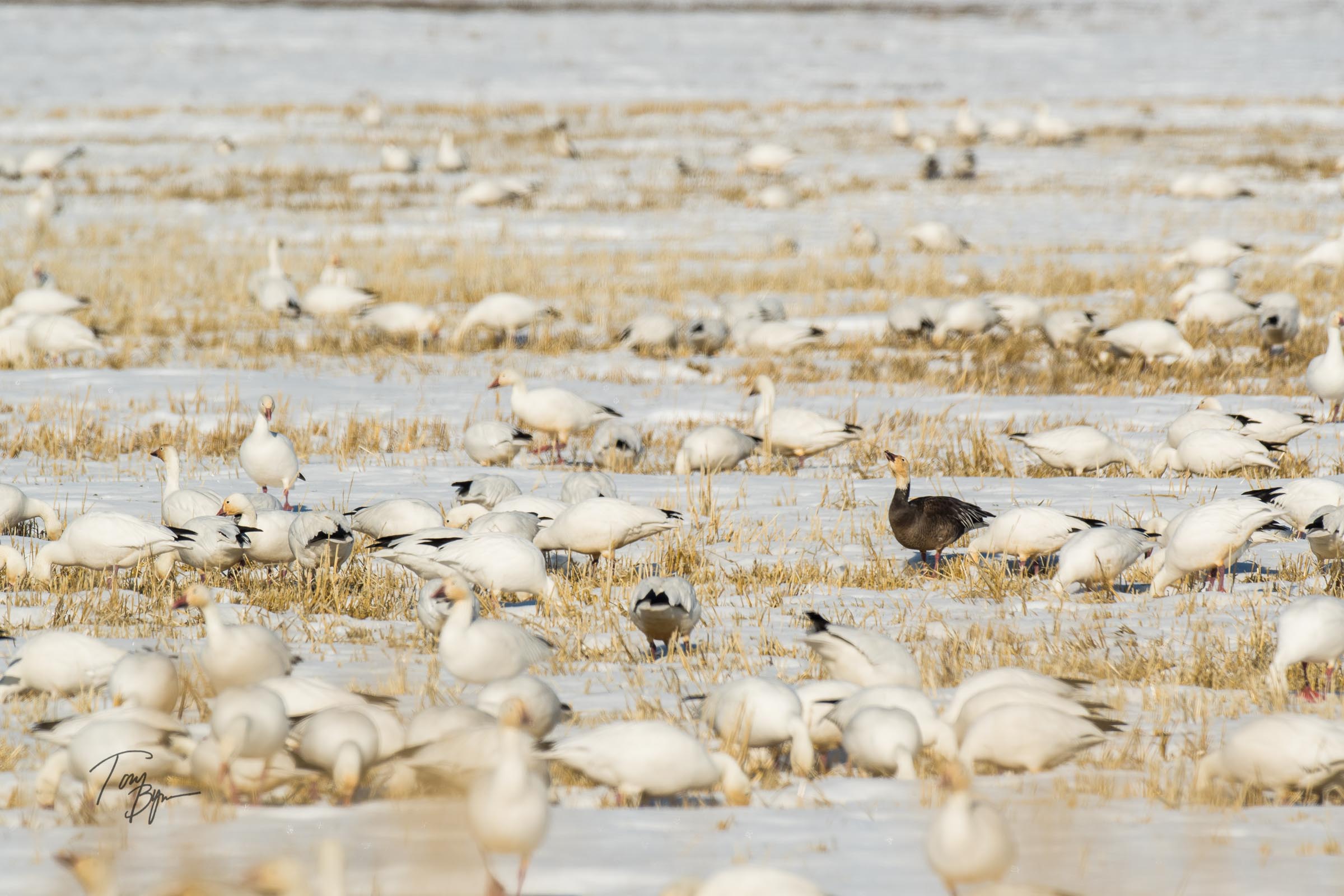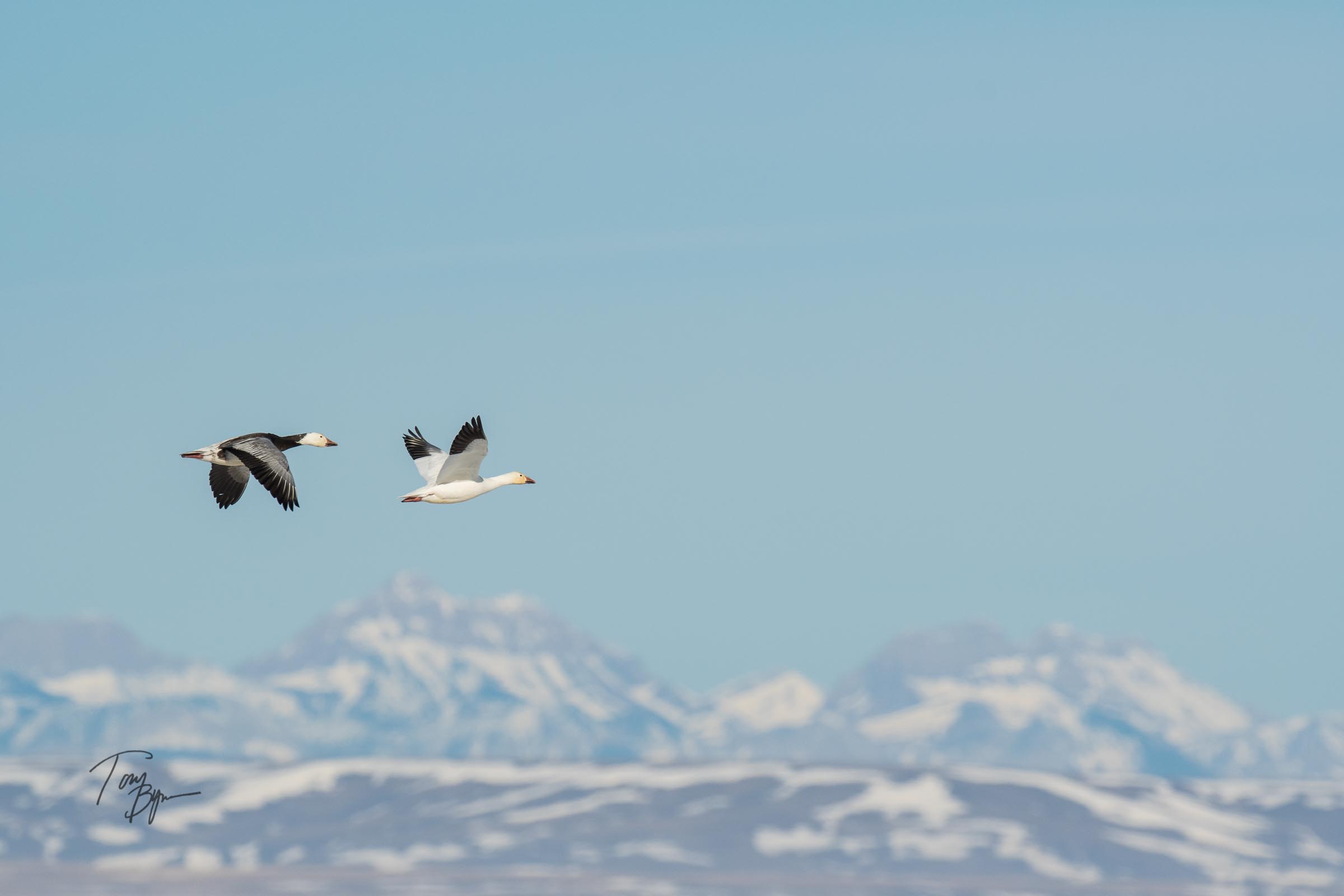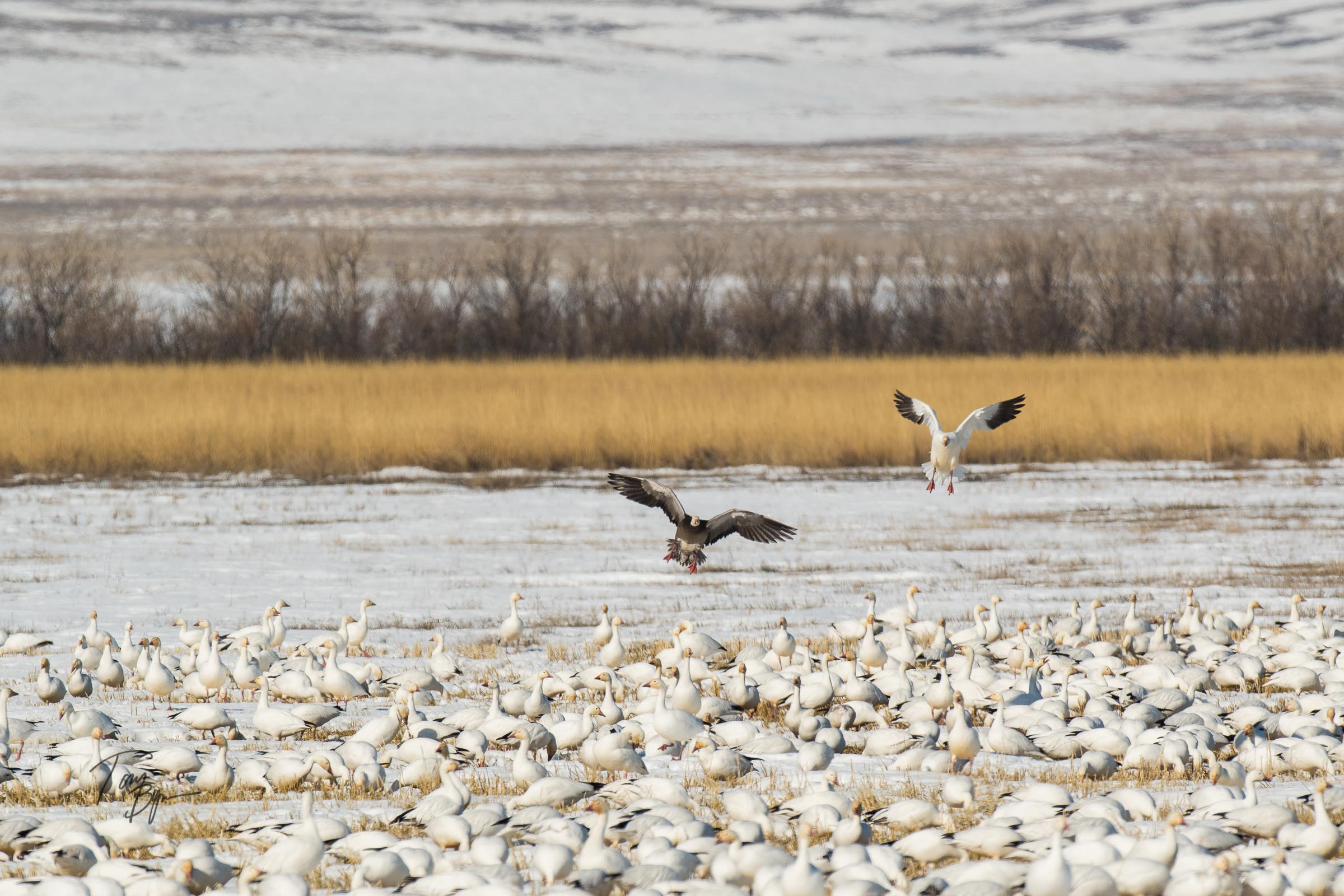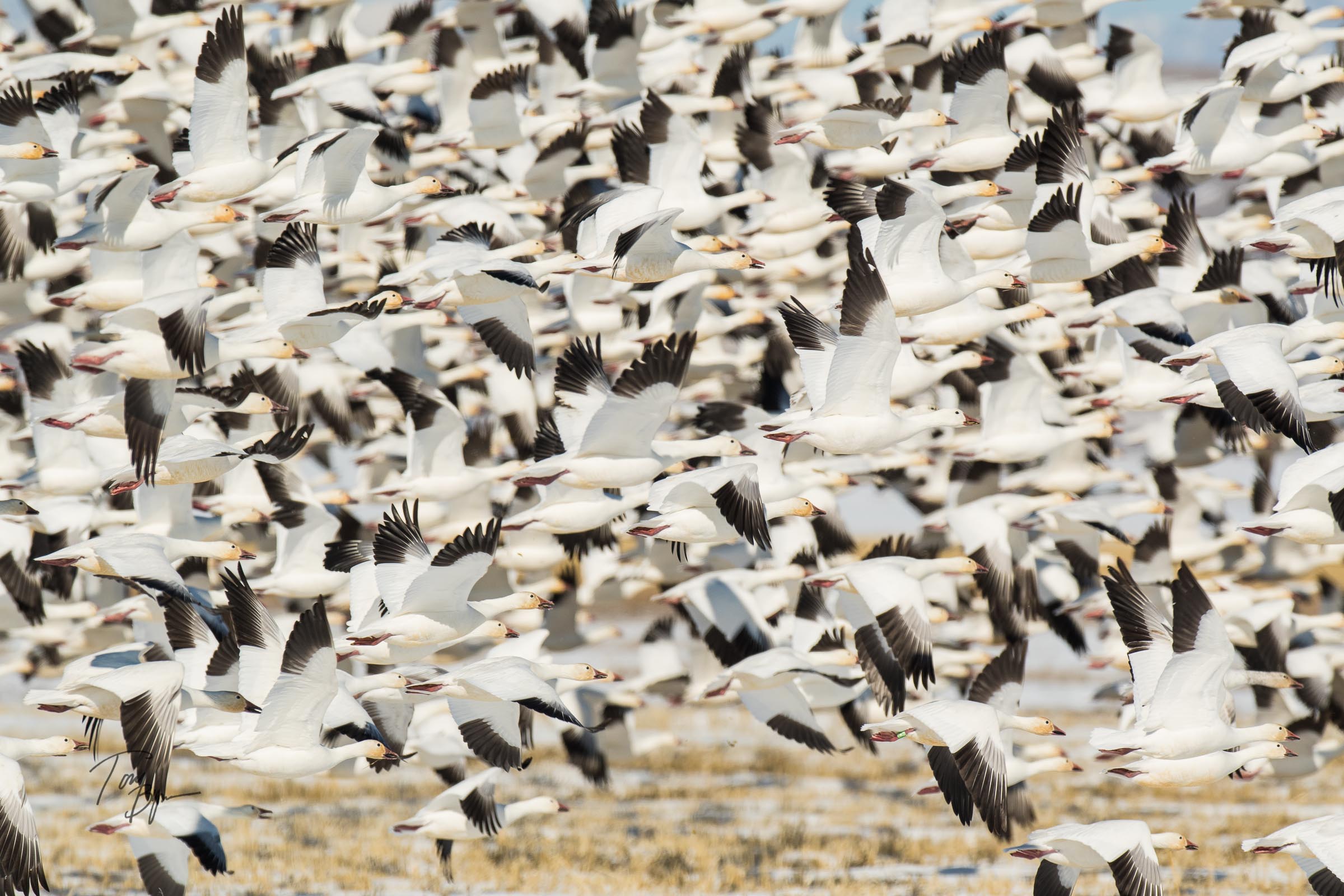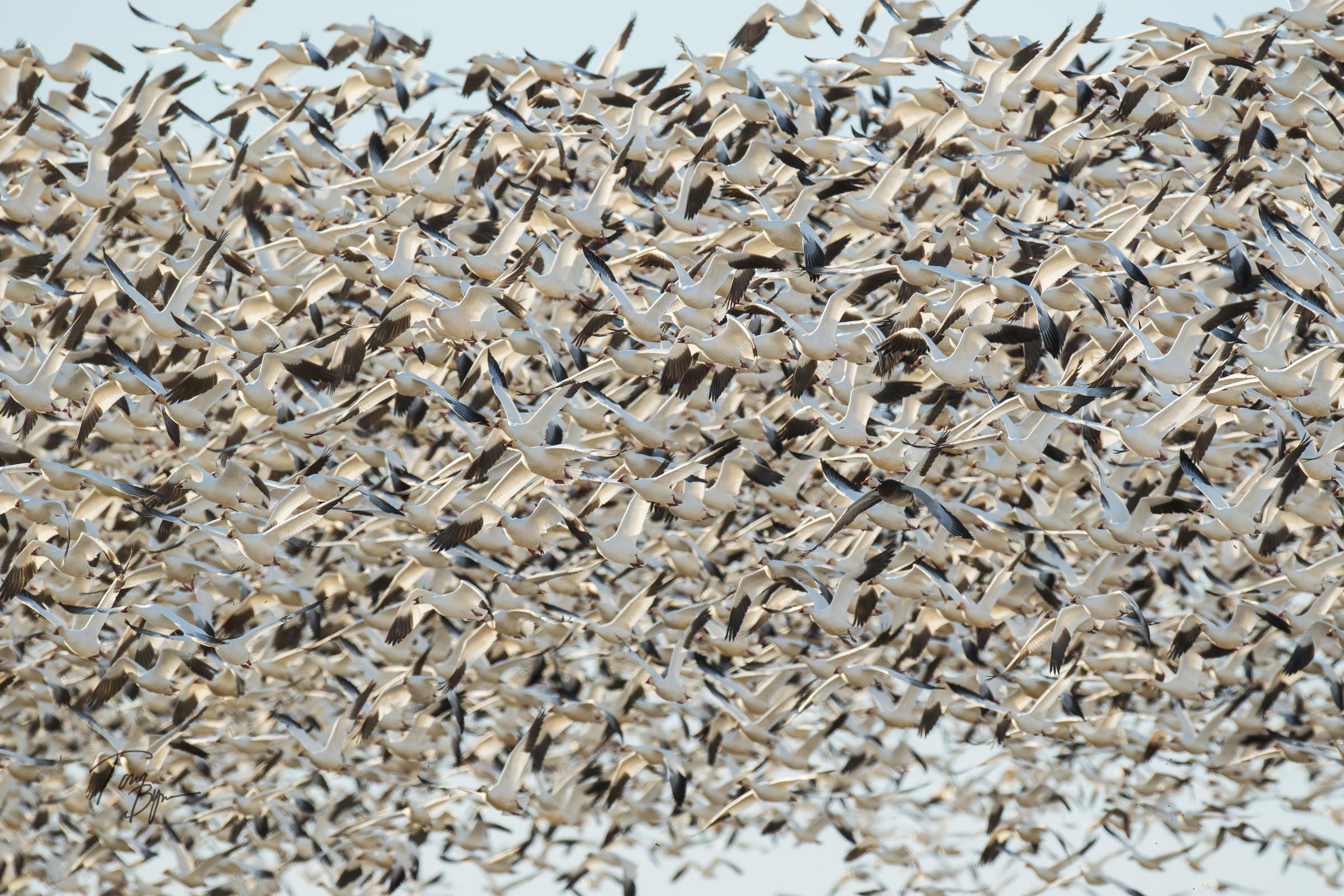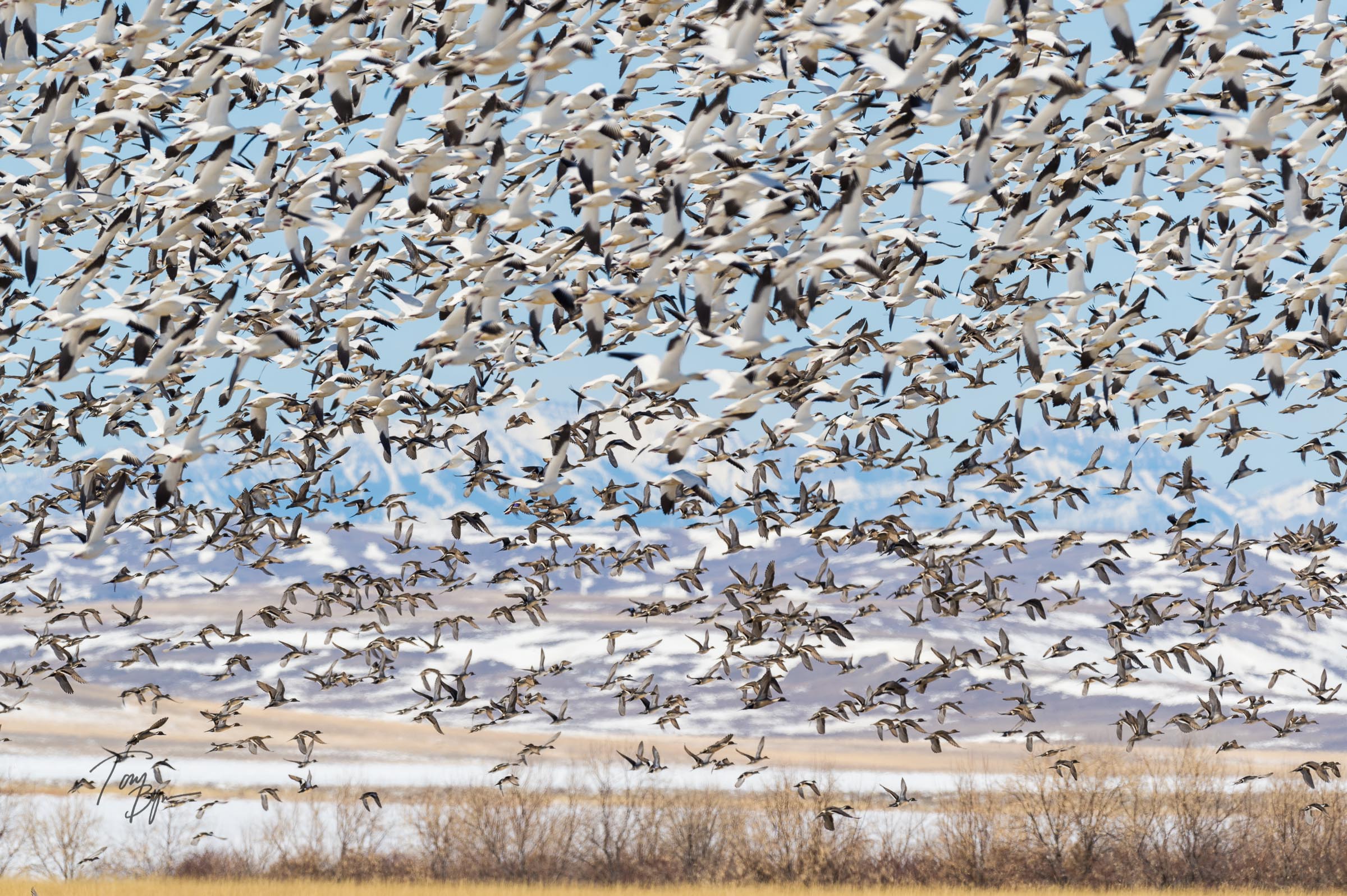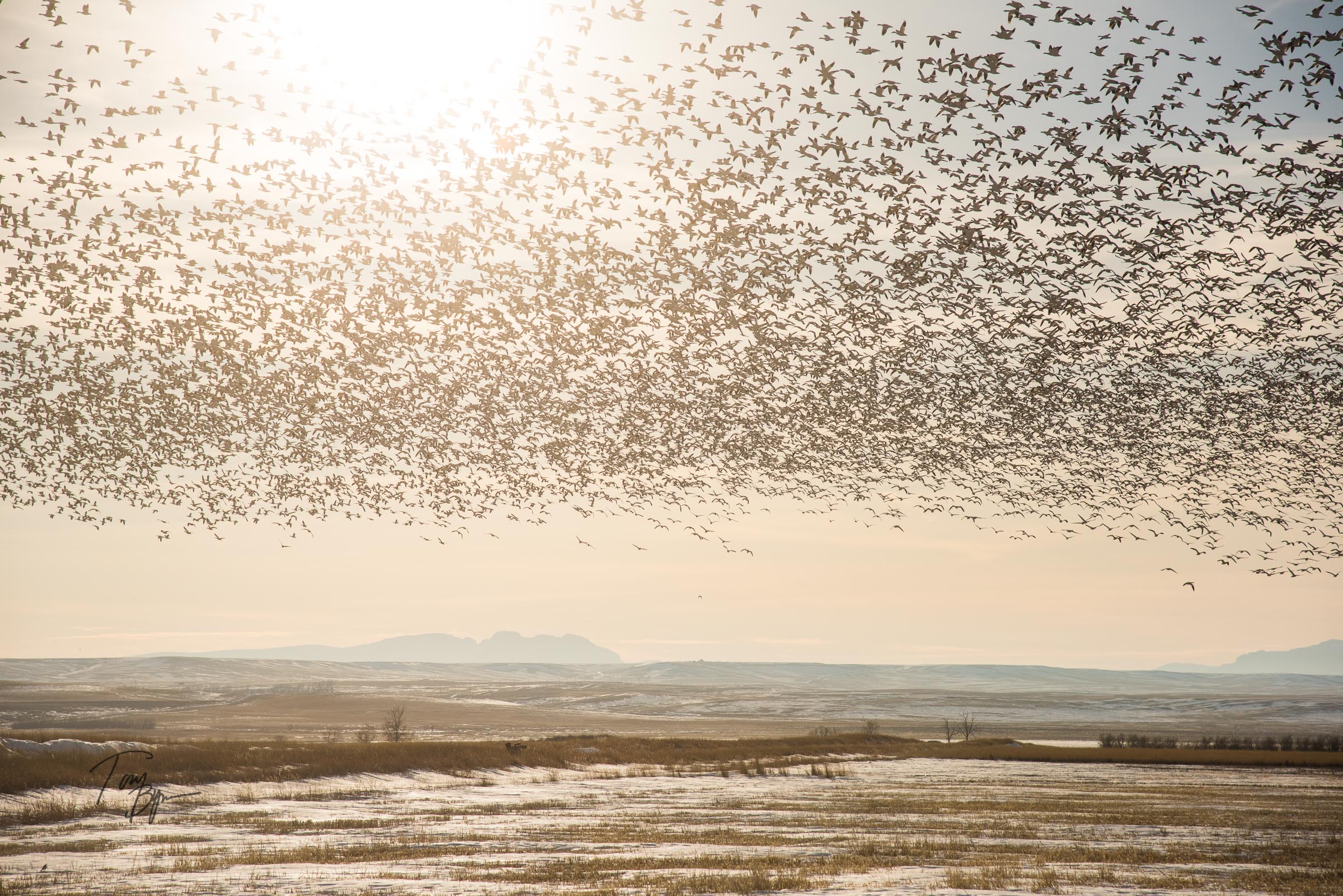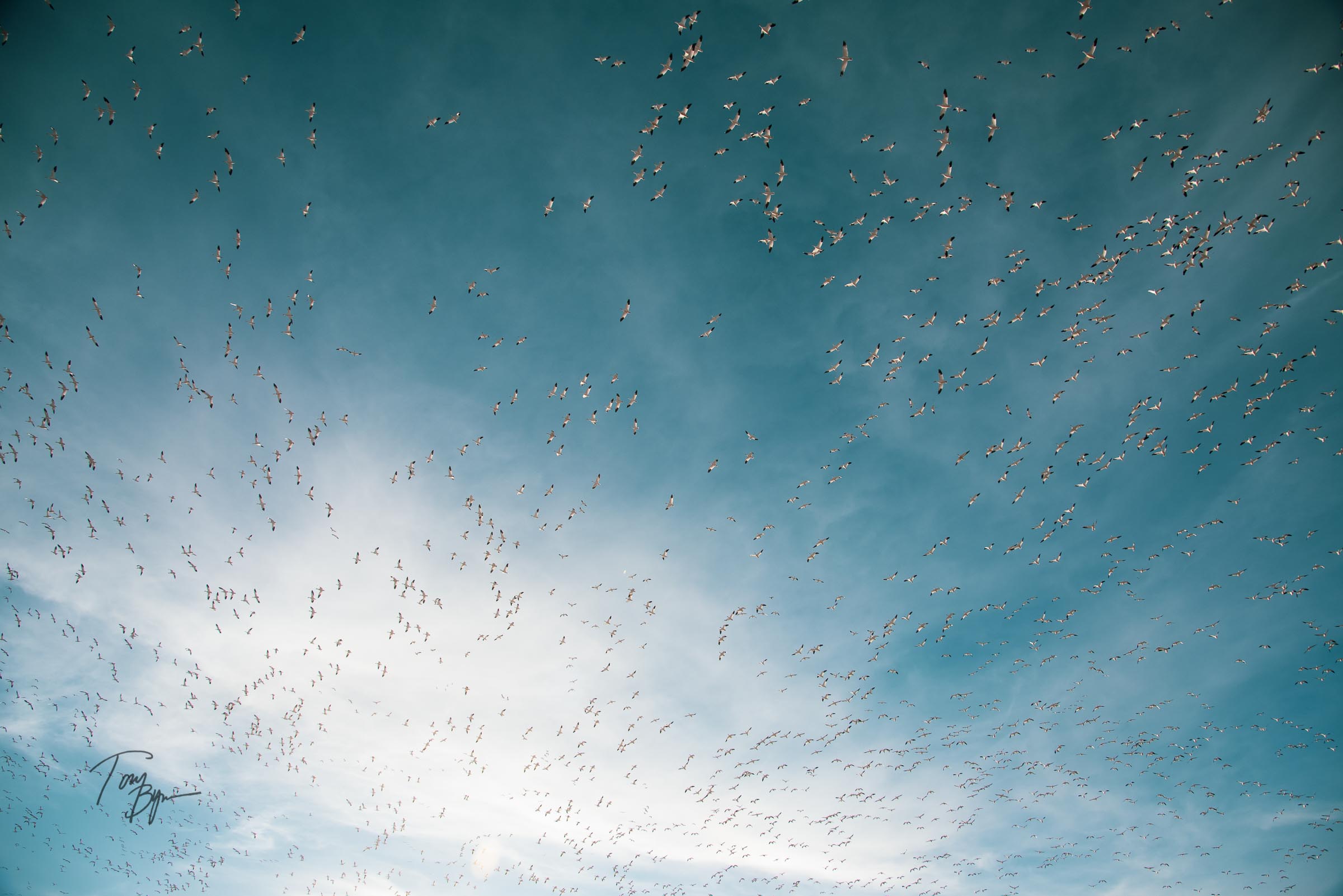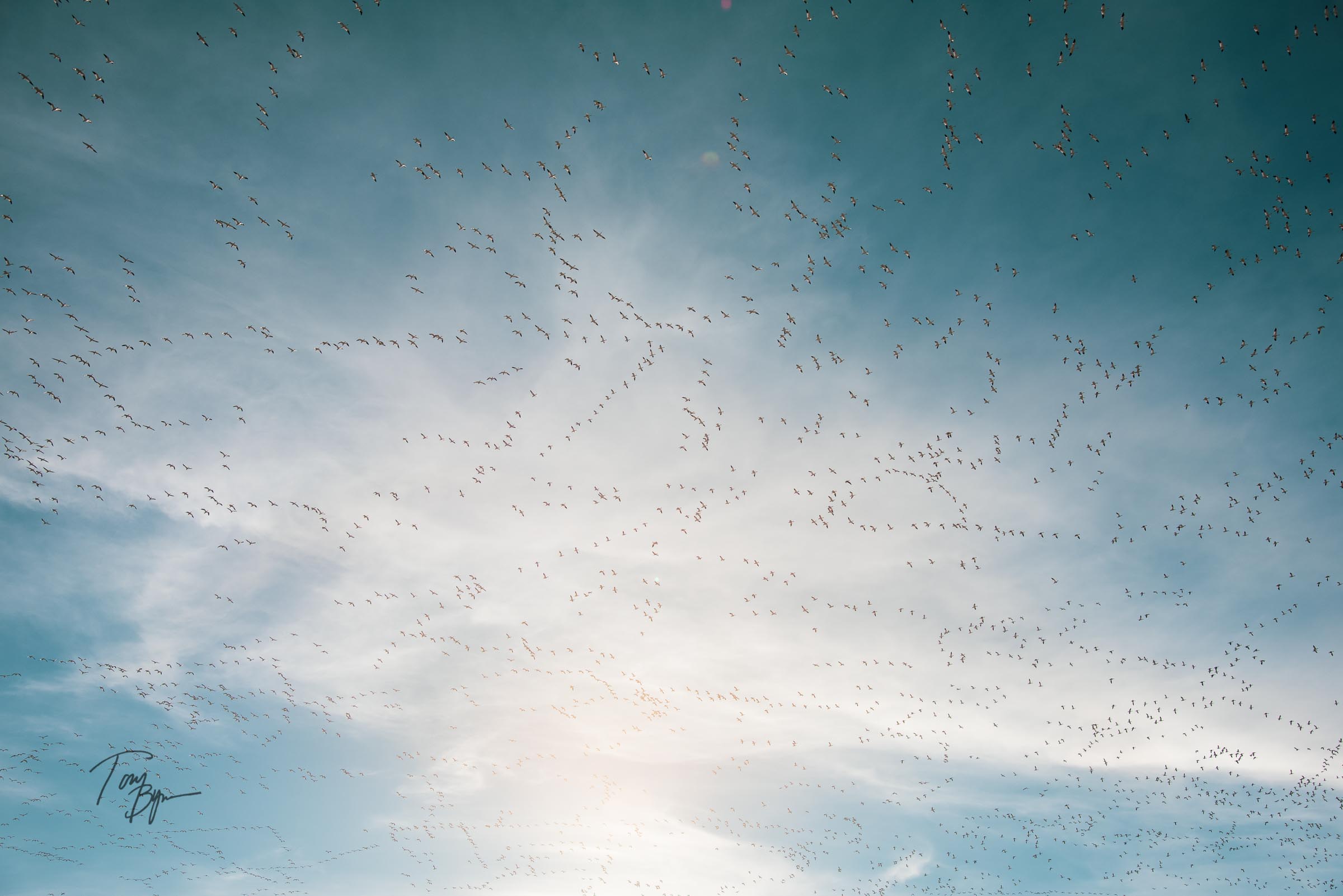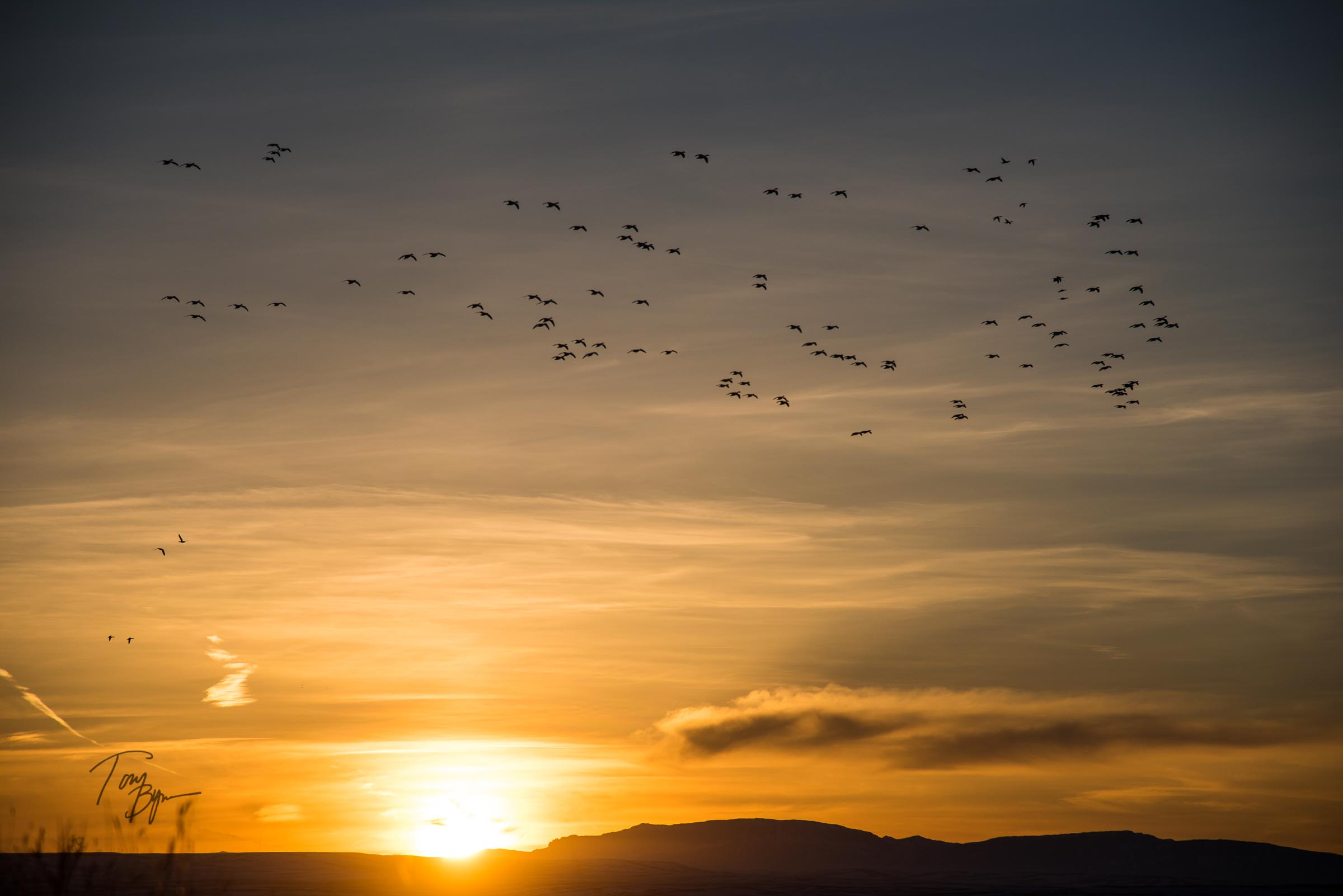Large Tripod FEISOL CT-3372 M2 combined with the old CT-3371 - old meets new for a working photographers hybrid long lens tripod
Combining the Feisol CT-2271 with the CT-2272 M2 to create a hybrid Feisol tripod, old meets new for 2020
The new CT-3372 M2 combined with the old CT-3371 legs, and old leveling cup with base plate. The cup and tripod are new, and carbon legs and leveling base are off the old CT-3371. ©tonybynum
The hybrid Feisol CT-3372 M2. The rescued legs and leveling base from the original CT- 3371 combined with the new Feisol CT-3372. Why, how, and how much?
Why Feisol
I purchased the original carbon CT-3371 Feisol Tripod legs back around 2006 or so. At the time, Feisol wasn’t well known, in fact, they didn’t even have a US dealer yet so I ordered it direct from Taiwan. I was looking for a carbon tripod that would hold large, heavy 5oo, and 600 mm f4 lenses attached to full-size professional DSLR bodies.
I decided on the Feisol CT-3371 for its lower price point. Keep in mind that back in 2006 carbon fiber tripods were NOT inexpensive! My plan was to use it in the wet, salty mash for duck photography and rather than take the chance of wrecking a $2000 tripod I was going to dedicate this tripod to the marsh. I reserved my more expensive tripod for land and clean water, and went ahead and took my chances with a tripod selling for a third the price but still, carbon and built stout enough to hold safely 25 lbs. I equipped the Feisol with a leveling base and spiked feet (both at additional cost). I don’t recall the price but it was less than half what the big brands were charging at the time.
Breakage and Repair
Over the course of a few years, I managed to break the leg collars. The cast aluminum is not strong enough and too much pressure will break the casting. In 2009 I sent the unit back to Feisol for repair. I had broken two of the top leg locks and needed them repaired. Breaking the top leg locks is not uncommon especially when you’re putting the legs deep into snow, mud, or sand. I’ve broken the same parts on the more expensive and supposedly better built Gitzo units too and it’s not cheap to fix, plus you’re out for a bit while it’s being repaired.
The results of too much pressure on the top of the tripod while pushing the legs into the mud or snow. The cast aluminum is not strong enough to take the pressure. All three leg locks eventually broke. ©tonybynum
As you can clearly see, all three of the top leg sleeves broke out. This view is the top of the tripod where the legs are attached to the center collar. In this image, the center piece (leveling base in this case) has been removed and the tripod is sitting legs spread out flat. Notice, one pin and the springs are still in the top sleeve (top center of image), the pin and springs will eventually fall out. Needless to say, the tripod is hard to operate when there are not leg locks! ©tonybynum.com
Feisol fixed the tripod for a price, then sent it back. I took it back out and by 2018 I had broken all three top leg collar locks again. At this point, the tripod was almost useless to me. So, after the spring waterfowl season, I emailed Feisol and asked about getting the tripod fixed. Feisol said $85 to fix it with OEM parts and send it back. With shipping on my end, it was about $100 bucks, seemed reasonable to me so I boxed it up and mailed it.
After a few more emails back and forth with Feisol (their customer service was fantastic), I asked if they had a stronger center support piece. Much to my surprise, they said yes and for about $60 more I could have them put a machined billet aluminum top collar on the old legs and update the leveling base plate. I said go for it.
The result us the older CT-3371 legs with the new CT-3372 M2 solid machined aluminum top collar and leveling plate bowl insert. The following images illustrate the pieces and the combination of parts to make the hybrid unit, plus a shot of the tripod with the King Cobra gimble head.
Unboxing the Hybrid CT-3371 CT-3372 M2. Nicely wrapped.
The new tripod with the CT-3372 M2 collars and the old CT-3371 legs.
The new leveling bowl that will replace the flat plate and quarter twenty threaded bolt. There are three small hex key bolts to remove then the plate. The leveling bowl replaces the plate and once the bolts are replaced, it fits securely into place.
The new top collar with bubble level, and plate. I’m removing the allen head bolt so that I can replace the flat plate with the leveling bowl.
The new leveling base bowl.
The new ball head plate removed, the new leveling base bowl, and the old bowl off the old collar.
The old leveling base. It will fit into the new leveling bowl.
The new old leveling base inside the new bowl.
Notice the angle of the leveling base. It’s not a lot of movement, but it’s enough to quickly level your gimbal head quickly and accurately.
The older head and the new sold aluminum base both have leveling bubbles.
The Kirk King Cobra gimbal head attached to the new hybrid Feisol CT-3372 M2 read for the marsh!
Old meets new. The Hybrid CT-3371 and CT-3372 M2 with leveling base and Kirk King Cobra gimbal (King Cobra is discontinued).
Summery & Conclusion
I’m happy with the results. For just over $150 bucks I was able to have a solid tripod. I was worried that if I went with the old cast aluminum I’d be back in another few years having it replaced again. This fix should now allow me to use this tripod for many years without breaking it. I still have to be careful to not put too much pressure on the legs when they’re in the mud or snow, but now I’m positive this new unit will last a long time.
As a professional photographer, customer service is important. Feisol helped me combine my old broken tripod with the newer components making for a better tripod in the end. It would be hard to find better customer service. They were quick to respond and willing to help find solutions and recommend alternatives. I gladly recommend Feisol to anyone looking for a reasonably priced, solidly built carbon tripod with great customer support.
Leave a comment or ask me a question. I’ll be happy to answer.
Tony
Get the Most out of attending your professional conference - #POMA2020
On June 16th, 2020 outdoor media professionals, brands, and companies will gather for the 15th Annual POMA Business Conference. #poma2020. The conference is about building successful outdoor businesses, networking, and learning from others in the traditional outdoor sporting industry - hunting, fishing. For those that attend (membership only) it is important to set goals and work towards them during your time at conference.
The following is a list of ways to get the most out of your time at #POMA2020, Franklin, Tennessee, Marriott Cool Springs.
MEDIA*
1. Set goals. Are you looking to build long-term relationships for the years to come, create content, become an influencer, or speak with editors about contributing? Your approach will depend on your goal.
2. Have realistic expectations and be prepared. Looking for a byline? Come prepared with writing samples. Are you looking for a product or sponsorship? Be sure you have current and exact traffic/viewership and engagement numbers.
3. Don't leave the conversation without an action item. Are you going to send a follow-up email or do you need to schedule a conference call? Make sure both parties know the next step and how to contact each other.
4. Don't forget business cards. There is still time to overnight 150 business cards from VistaPrint - you'll need them! Once at the conference, make sure to note on each business card your action item.
Pro Tip: Use CamCard to scan business cards on your phone instead of going home with a giant pile.
5. Attend everything on the agenda. POMA is three days and they should be FULL. From breakfast to after-hours networking, you should attend everything. There are few industry opportunities like POMA where you can network with elite industry partners... over a beer.
6. Sit with someone new at every meal. Networking doesn't happen in a bubble. Make sure you're meeting and talking to everyone at the event.
CORPORATE PARTNERS*
1. Do your homework. Know who you want to connect with or, at the very least, know what type of attendee (media/NGO/corporate partner) you want to meet. Have some ideas on what asks you might have, but be open to a different perspective or more interesting angle for storytelling with your brand.
2. Be ready for plot twists. Just because you're looking for media coverage, doesn't mean a Corporate Partner can't be helpful (or vice versa). The POMA family is well-connected throughout, so approach everyone as an opportunity to learn, grow and expand your brand (personal or corporate).
3. Networking is a marathon. Don't sprint to the ask. All Corporate Partners want great coverage, and all content creators want great stories. Spend some time getting to know members and understand what they're looking for first. How can you help each other? This approach makes the community stronger and will result in better results for you and your brand.
Spring bird migration from Montana - the birds this year were flighty!
The spring bird migration in Montana has been literally, flighty. Birds came and left so fast this year if you were not in the field waiting, you missed it. The numbers, as far as I can tell are down too. While I do have a Masters Degree in Science, my counts were not scientific, purely anecdotal and based on my 15 our so years of watching the spring bird migration along Montana’s Rocky Mountain Front. I’m sure there’s a reason the birds were quick and more elusive this year, but I can only speculate.
A cloud of mostly snow geese, with a few ducks mixed. © Tony Bynum
Three white snow geese landing in a farm field, in what looks like an orchestrated ballet. ©Tony Bynum
Where did the ducks and geese go?
I have to admit, I’m not a “birder,” or even a hard core duck guy. I don’t study the numbers and I’m not watching scientific trends as some of my more ardent waterfowling friends do. I like to photograph ducks and I’ve always like the idea that good ducks populations means good habitat, and good duck habitat is good for everything. Today, there are many variables that could affect ducks populations and their habits.
Montana winters are cold, but this past February was cold even by central Alaska standards. Parts of Montana had a February average temperature of minus one degree fahrenheit! We had low’s in the negative 40 range and weeks where we never broke zero. All of this culminated in one of the deepest freezes we’ve seen in recent memory. The earth froze deeper than usual, and the lake ice thicker than average.
Canada Geese with thick ice caked on their backs from the extreme cold. Photographed at minus 40 degrees f. © Tony Bynum
This year when the first big wave of birds arrived, all the water was frozen, except for a few stream sections on the Missouri River. The bird’s major spring resting spot, Freezeout Lake Wildlife Management Area saw foot thick ice still by mid March!
Thousands of snow geese lift off and leave the area. © Tony Bynum
The birds arrived, sat on the ice and scavenged for crumbs in the surrounding farm fields but soon tired of sitting on ice and digging through snow so they left. Where exactly they went is a good question but I’m sure it was north where temperatures were not as cold nor did they last for as long. Maybe there was open water up north? I don’t know.
Video - Spring Northern Pintail Ducks in Montana
In any event, as the video shows, I photographed migrating northern pintails, snow geese, swans - tundra and trumpeter - along with a few other puddle ducks for a couple days while their numbers peaked. I hope many of them flew through, because if that was the big pintail migration this year, we’re missing thousands of birds!
Several photographers sitting among the frozen cattails. A few birds can be seen behind them distorted by the thick ground fog. © Tony Bynum
In the meantime, while I wait to see if any more birds arrive, here are some photographs of those migrating waterfowl taken from several locations around central Montana.
Enjoy.
If you are interested in purchasing any prints you can visit my prints page here (scroll down to the bottom of the images to see recent waterfowl images: Tony Bynum Nature Photography Prints.
UPDATE BELOW - APRIL 4TH, 2019
Update April 4, 2019 - April warming temperatures, fewer ducks but more variety. Warmer temperatures and longer days brought new ducks to Montana. The pintails have mostly left but more wigeon, mallards, snow geese, and red headed ducks arrived. My last visit to the duck marshes along the Rocky Mountain Front in Montana was April 4. It was 55 degrees with a strong south west wind. The south west wind usually helps birds to fly north. On this day, the morning shoot was great but by noon there were almost no ducks. Most, I presume, headed north.
A “courtship” group of Mallard ducks lands in a prairie pond along the Rocky Mountain Front in Montana. © Tony Bynum
A group of drake Mallards, with on hen turns in the cloudless sky. © Tony Bynum
A group of wigeon ducks display their colors and their flight above a prairie pond along the Rocky Mountain Front, Montana. The lower in the center mass looks to be a Eurasian wigeon. © Tony Bynum
A group of Red-headed ducks with their classic red head and blue bill (breeding season) chasing a hen. © Tony Bynum
Three canada geese taking flight over a frozen pond along the Rocky Mountain Front, Montana. © Tony Bynum
Is it Habitat, Clean Water, Climate Change, Over Harvest?
The simple and most likely answer is all of the above. But if we’re seeing lower numbers this year, what does it tell us about the past and what can it help us predict for the future? Probably a lot. I know bird numbers go up and down from one year to the next. But, it’s worth pondering the question, where did they go?
I’m worried about the proposed changes to the clean water act, and the definition of waters of the United States. I’m worried about what those changes might mean for habitat and water quality that the prairie ducks depend on. Some estimates are that half of the prairie pothole birds could be negatively impacted by a decision to remove them from the Clean Water Act. On the plus side, some say it’s a good decision since those ponds are not, on their surface connected to a river or steam. By removing clean water protections it will allow them to be filled, polluted, or otherwise discarded.
This article does good job of describing the issue with defining “waters of the US,” as it relates to the warmer waters of the everglades. EPA’s clean water rollback . . .
Closely related is water quantity and climate. In this great video below, duck hunters and conservationists from Arkansas tell us first hand about ducks, duck hunting and how things are changing in the south. This video is very worth watching.
The video itself does not explain, without question where the birds went or what is taking place in our environment. It does not conclude that climate is the culprit, but it is worth considering that people who care about ducks are seeing changes.
I don’t know what the future for ducks or water is for our country, or the world for that matter, but we have the power to make it whatever we want it to be. We all can get involved locally. Work on local environmental issues. In my personal life, I am involved. I also try to use less electricity, conserve water, in general, commit to being more aware of my “footprint.” What could others do? What could you do?
Are instagram likes worth more than cash? - why you Should think twice before giving your Photographs away to Backpacker Magazine.
Giving away your photographs for likes? Better rethink your business strategy.
A lone hiker on the prairie, Eastern Montana near Ekalaka. Shot on assignment for the Montana Wilderness Association.
I have been on the Backpacker photo list for a decade, maybe more (probably not after this post though). Backpacker Magazine always has amazing photocalls, probably some of the best in the business. The staff makes their photo calls very specific, they provide plenty of notice and even offer to help photographers develop their skills and plan photo shoots - impressive team for sure.
According to Wikipedia, Backpacker Magazine has been published since 1973 and is currently published by Active Interest Media based in Boulder, Colorado.
As far as I know, it was also the first to request GPS locations for all submitted photographs - seems to me that was about 2010 or so don’t quote me - I don’t know if they still are requiring location coordinates, because I stopped submitting to them once they instituted that policy.
The Email that did not shock the industry, but should have
On September 20th, 2018 a Backpacker Magazine email arrived in my inbox. I read it. It was announcing that Backpacker Magazine was going to accept free photos for its Instagram feed! (email pasted below). Yes, this was your opportunity to have your hard earned imagery used at no cost to you - except you already own the gear and went to whatever expense it took to get the photo in the first place, but I digress.
For a long time (by digital photography standards) the photography community has been worried, trembling may be the better word, that the value of their work is diminishing and will likely someday be worth only the applaus someone is willing to give it.
Well, for some, that day has come. If you’re in the adventure, outdoor, hiking photography business - which pretty much everyone below the age of 26 is these days, your time has arrived, your fears have come to fruition - even if you had not realized them yet!
Someday your photos might be worth more in “likes” than in cash. I got news for you, you can’t spend likes and more today then ever, digital marketing is more sophisticated and marketers and brands are on to likes, verse engagement. Even social media experts, the ones who have turned vudu for most of us, into a science, will tell you that likes are not worth much, and are going to continue to be worth less.
Just have a list to my friend Huntz Colburn and Brad Luttrell on the Restless Native Podcast talk about digital marketing. If you want to hear the latest on influencer marketing, listen to Joshua Claflin and Brad talk about the present and the future of influencer marketing here on the restless native podcast.
What has value is engagement, not likes, but real, authentic back and forth engagement. The kind of engagement that you might get if your work is shared and discussed on YOUR own page.
Let’s look at this in more detail. What would you give Backpacker Magazine? Your best work because of its huge audience? What happens when you give your best work away and it gets a few thousands likes and you get one new follower? What did you just earn for your best work? You mean your work is good enough for the backpacker instagram page but not for the cover of its print publication?
Okay, so here’s another option. How about your “B” roll? Most of you don’t create “B” role, at least I hope you don’t call it that, because you’re the “A” shooter, right? So, if you’re the “A” shooter, why would you consider giving away “B” work for free and to be placed on the Backpacker instagram page? See what I mean? Just the fact that you agree to place your “B” work someplace makes you the “B” shooter. The the best marketing strategy I’ve heard in a long time - sarcasm.
You’ve decided to give away your “B” roll, or maybe said a better way, trade it for likes, why do you think Backpacker would choose to use it? Why take the time? Is it to get noticed and maybe sell them a file for their print magazine? If that’s it, you’ve already received their email notice and get their submission requests so they know your work. Why is your work not going in the print publication and why are you not making money selling it to them? Do you think now that you’ve given it to them for free they are now going to start buying your work? Why would they buy the cow when they get the milk for free?
There might be more reason to consider sharing your content with them if they had engagement or if you stood a chance and getting something real, tangible, something that will help you build your brand.
Likes are not real, engagement and building your relationships are.
Maybe more importantly though is back to the idea of engagement. I know some guys on instagram (I said guys becuase I mostly follow guys so that’s what I’m familiar with) that have 3,000 followers and literally get 100’s of comments. Their engagement is huge by comparison.
Take a look at @backpackermag. I just checked this morning. 521,000 followers. The second post on the feed is beautiful, about 4,000 likes, but ONLY 12 comments and two of them are by their social media person. What’s going on? Is that the audience you want?
Think about it. Of the over HALF A MILLION people following backpacker ONLY a dozen comment? Again, I ask you, are the backpacker followers the ones you want THEY DONT EVEN ENGAGE the brand why would they all of sudden follow you after you give your best work away to Backpacker?
Maybe you choose to give over your finest work, your hope is that you’ll become “Instafamous” to the point that you’ll be, “making-it” by selling space on your feed, after all those free backpacker posts drove so much traffic to your page that now you don’t need Backpacker any more - of course I’m being sarcastic. You’d be better off playing the lottery!
Build your own career in your own space, for your own future. I’m not saying don’t share your work, or give some of it away to charity if it fits your brand or social desires. But, for heaven’s sake, if you’re going to work for free, or worse, lose money, give your talent, time, money and your work away to meaningful causes that you’d be involved with no matter what your persuasion, passion, or profession.
Backpacker is a for profit empire, the people looking at your photos are being paid and so are the writers!
Don’t fall for the “we’ll make you famous” pitch!
Let me know what you think, and if you’ve “made-it” by giving away your photographs, tell us what “made-it” means to you and how you did it, we’d all love to hear the story!
Backpacker Magazine Email to it’s contributors
“Hey there Contributor Community!
We are now accepting submissions to be featured on our Instagram. BACKPACKER has over 500,000 followers making this a great opportuntiy to promote your work to our targeted audience who is already hungry for inspirational, outdoor adventure content. Please check out this google form for more information.
Cheers!!
Photo Editor + Staff Photographer
BACKPACKER | backpacker.com @backpackerma”
This is an unpaid post opportunity, but if you feel like your audience/following/engagement are of value to Backpacker & would like to collaborate, please feel free to send me an email!
We look for all the same elements in a Instagram post as we do for print:
-legit day hikes or multi-day trips.
-no cars (sorry #vanlifers) or roads
-we gravitate away from images that feel commercial in any way
-we mostly share US locations
-legal campsites, legal spots to stand, and legal spots to shoot from only.
-We will not show an image that is in conflict with LNT guidelines (i.e. tents must be 200 feet from a water source).
-we try and show timely, seasonal content
-Backpacker's Instagram is a curated feed, and submitting is not a guarantee for sharing
-We appreciate when you share our post with your audience as well, either through a repost app or stories
Restless Native Podcast - Brad Luttrell talks with Tony Bynum about Photography, the Business of Photography, and POMA
Podcast interview with Montana Based, Outdoor Photographer Tony Bynum, how Tony approaches his professional photography career - Conservation Photography, Business of Photography, Outdoors, Wildlife, the Professional Outdoor Media Association.
In this podcast, Tony Bynum, Outdoor Photographer, and President of the Professional Outdoor Media Association reveals, for the first time, one of the biggest mistakes of his photographic career and what he learned from it when he talks with Brad Luttrell of GoWild.
Brad has a great podcast. He does his homework and gets to know a guest before the discussion making for some very good content.
Brad and Tony met some months ago over the phone. They planned to do a podcast and it finally happened at this years 2018 POMA conference in Lincoln, Nebraska. Brad was also a guest panelist at the POMA conference. The panel titled, "Content that Matters: Creating Purpose-focused Partnerships and Content," was a massive hit and set the stage for the theme of this year's conference. POMA is grateful for his participation.
Brand publishes his podcast under the title "Restless Native." He's also the Co-Founder of the GoWild app (available for both android and apple products) the best online social platform for sharing story's about hunting, fishing, and the outdoors.
Tony and Brad talk about the 2018 POMA conference, and Tony's approach to the business of photography, including stories about travel, commercial photography, and conservation.
Find Brand on Instagram @bradluttrell and the GoWild app @gowildapp
And Tony on Instagram @huntphotos
You dont want to miss this one.
Click on the link below to access the Podcast.
Tony Bynum in the photographed in the Canadian Rocky Mountains by © Rod Sinclair - Sinclair Imagery
Podcast Hal Herring and Tony Bynum discuss photography and conservation
Podcast and blast tony bynum and hal herring talk about photography, conservation tony shares his secrets to great images and describes how he captured the "caveman" shot
Hal Herring talks to Tony Bynum about photography, the life of a photographer, places, people, favorite photos, public lands conservation, conservation photography, wildlife photography, and hunting.
Montana Outdoor Photographers Interviewed
Interviews - Photographing wildlife in Glacier, birds in Montana, and Yellowstone Tours
Three Montana Photographers share some of their knowledge about capturing Montana's wildlife and what it takes to be a successful wildlife photographer.
A cow moose wonders off across a placid lake in Glacier National Parks, Many Glacier Valley, Montana. This image and others can be purchased, visit this link © Tony Bynum
This article first appeared in the fall 2017 issue of the popular magazine, "Big Sky Journal," read the personal accounts of Don Jones who shares his thoughts on photographing birds, Cindy Goeddel on leading photographic tours in Yellowstone, and me, Tony Bynum on photographing wildlife in Glacier National Park.
World Photography Organisation - Tony Bynum Interview
The World Photography Organisation works across up to 180 countries, its aim is to raise the level of conversation around photography by celebrating the best imagery and photographers on the planet.
Fall in Glacier National Park - Stacy Dolderer stands on the edge of a lake in beautiful Glacier National Park. © Tony Bynum
“From a business standpoint, the most important aspect of assignments, or paid shoots, particularly in far-flung, remote places where there are few if any resources, is to be a problem solver. I always plan for things to go wrong. I have multiple backup plans and options. I try to think through everything that could go wrong and be prepared to act when and if they do. Up-front planning and experience are probably more important than photographic skills. That said, today you have to be expert at both”
I encourage you to read more about the World Photography Organization and visit the website, it is full of fantastic interviews, contests and valuble information.




























